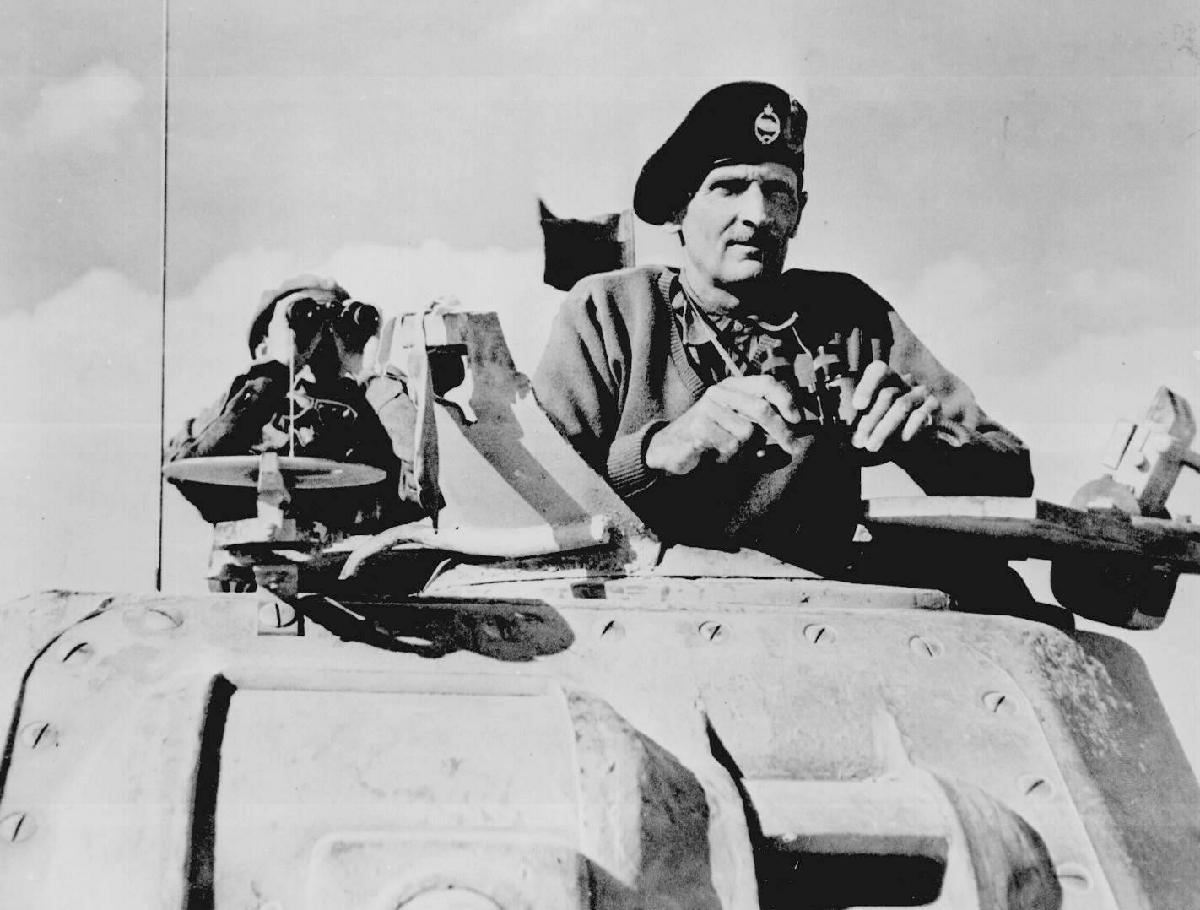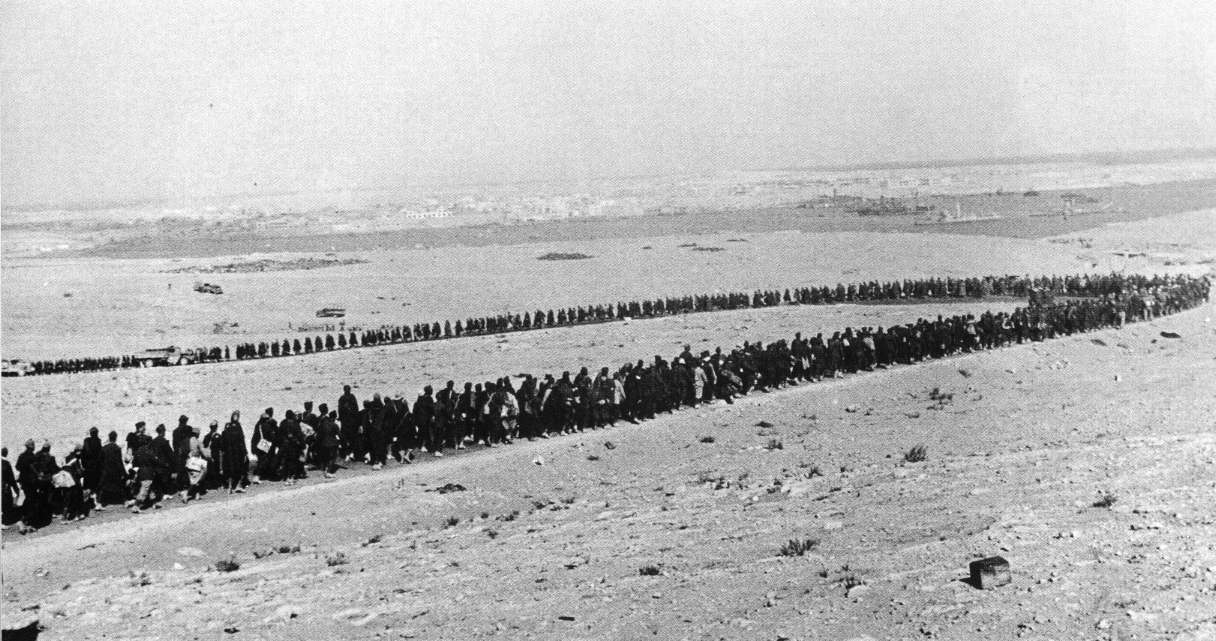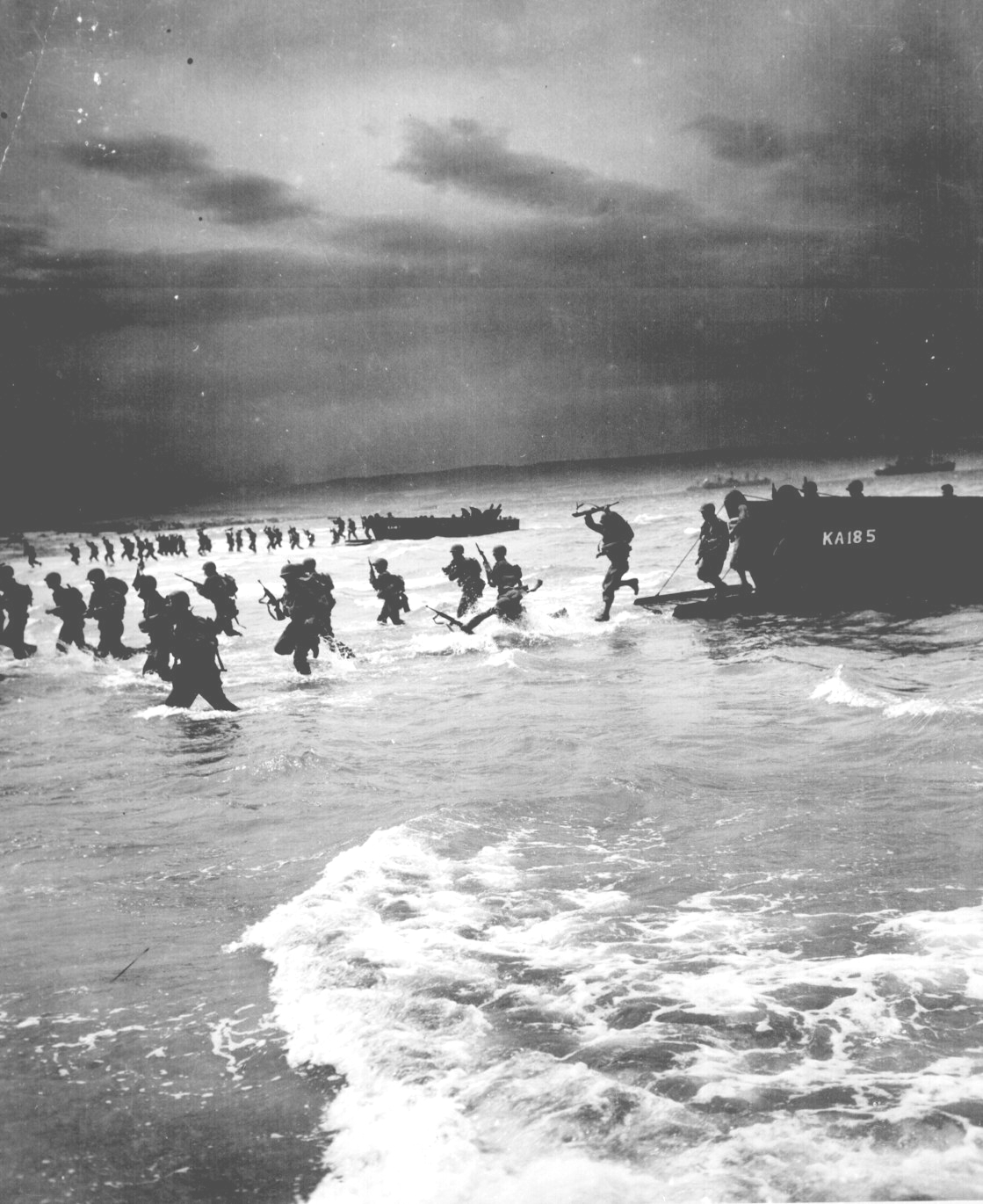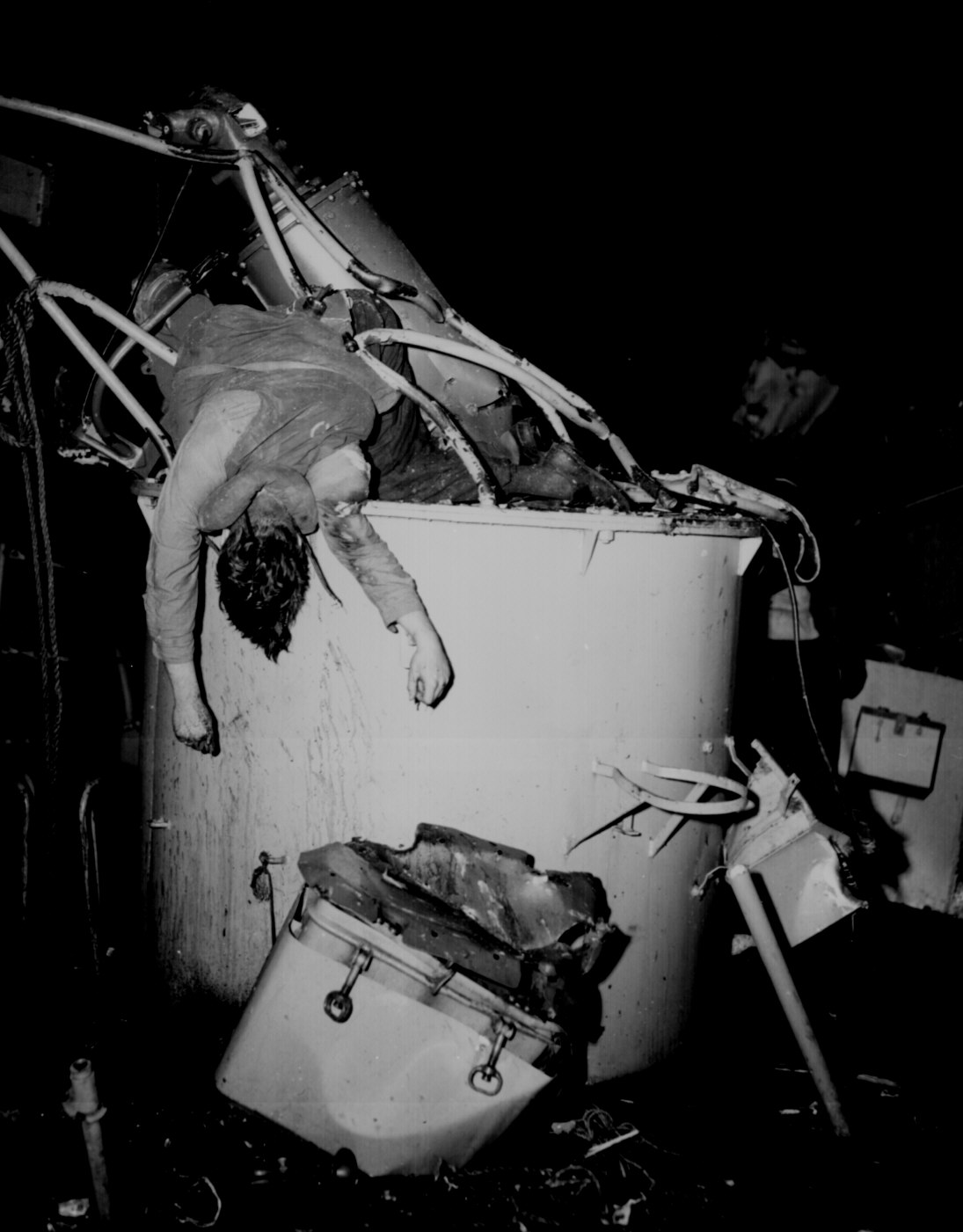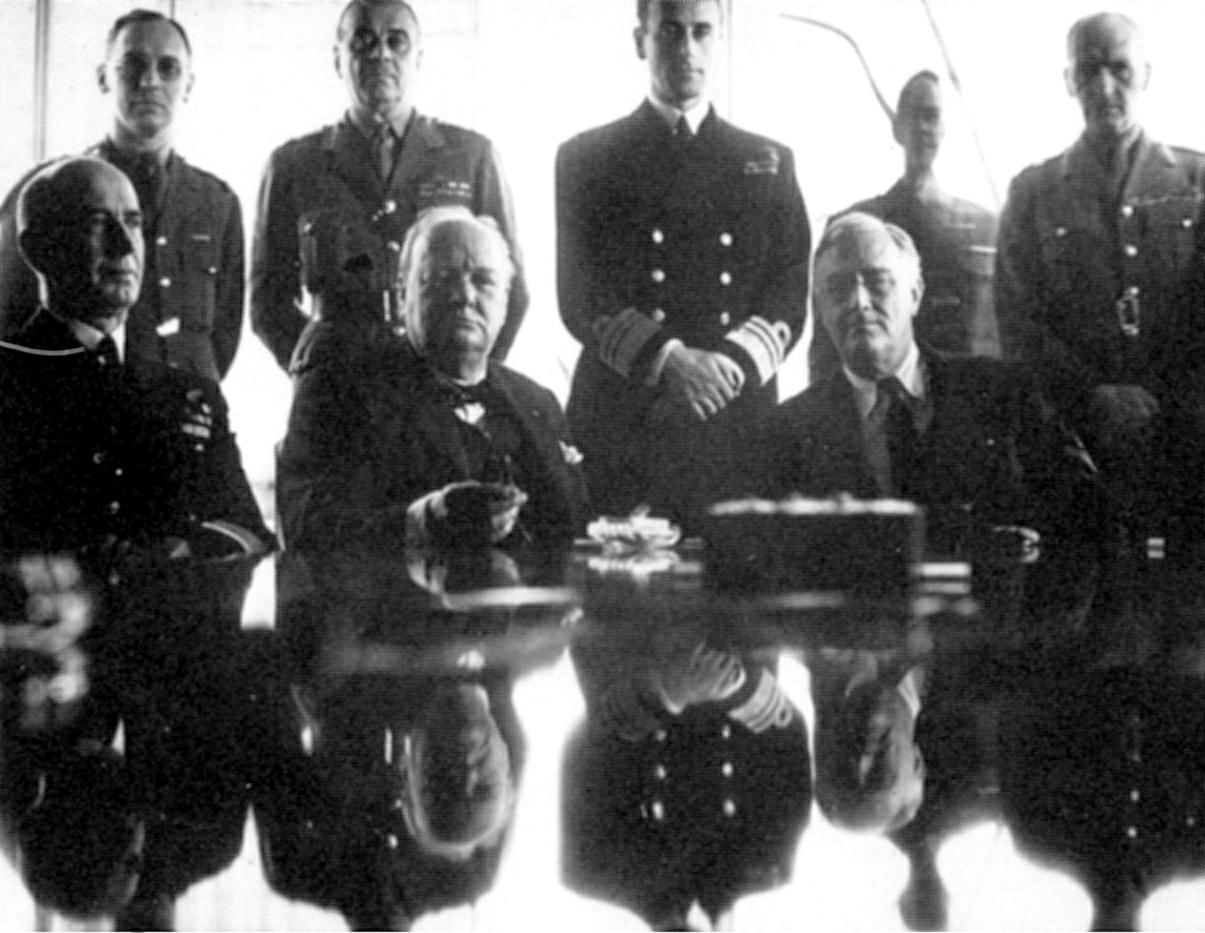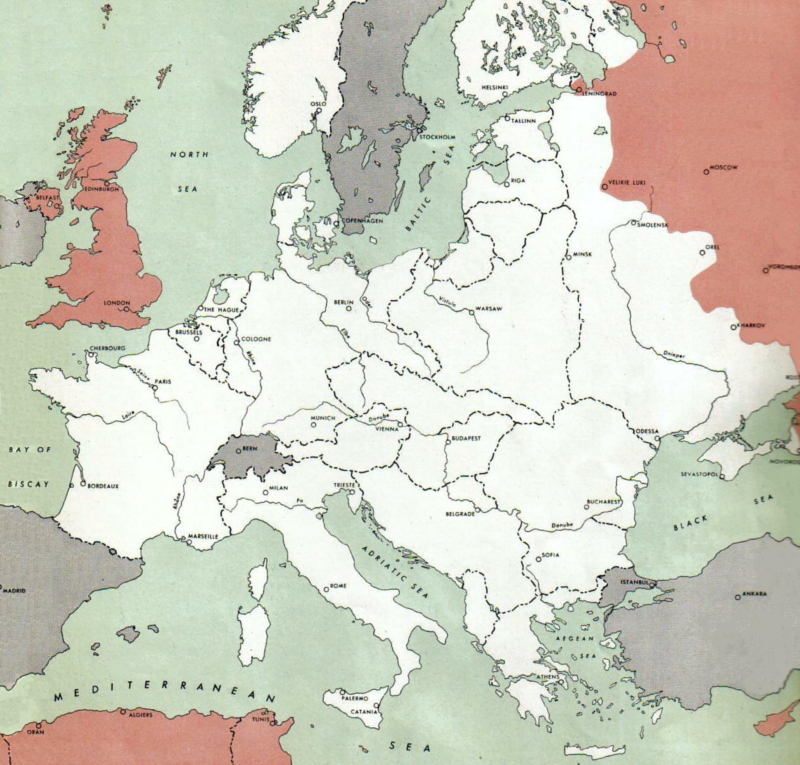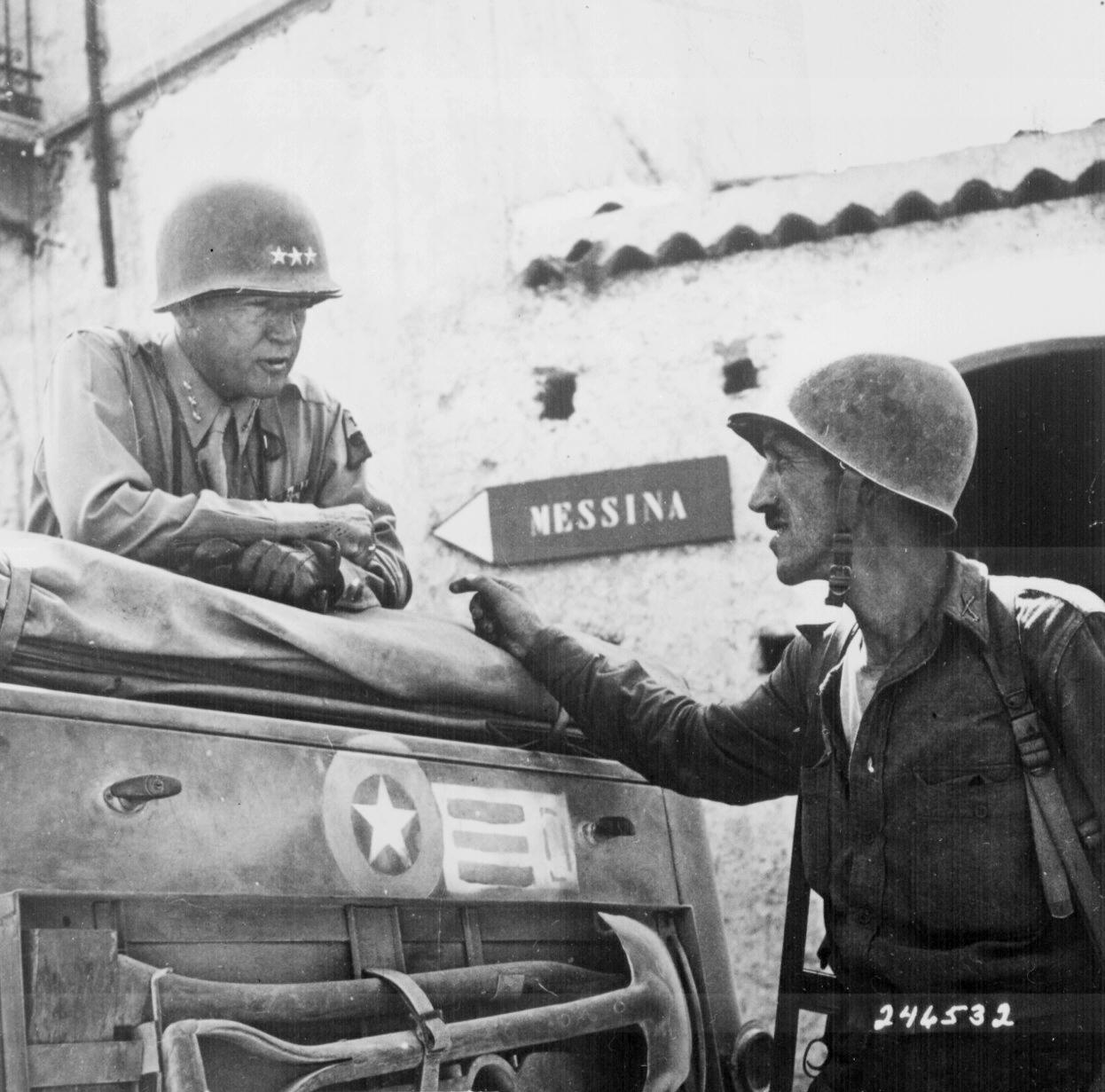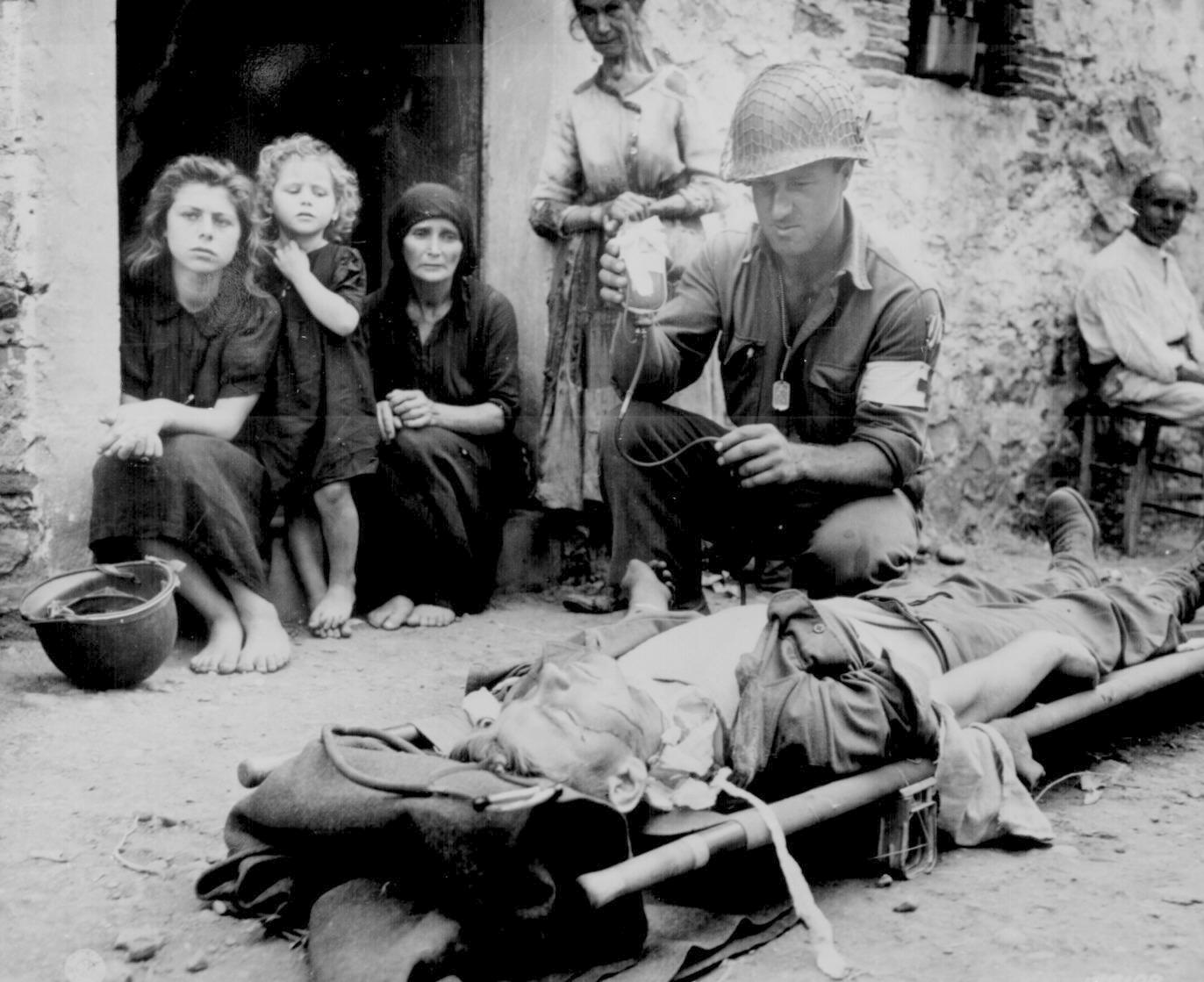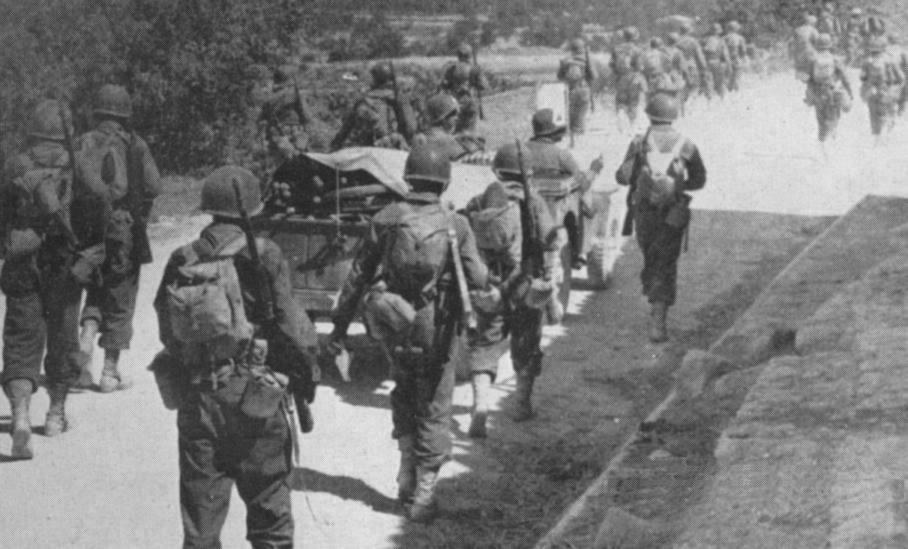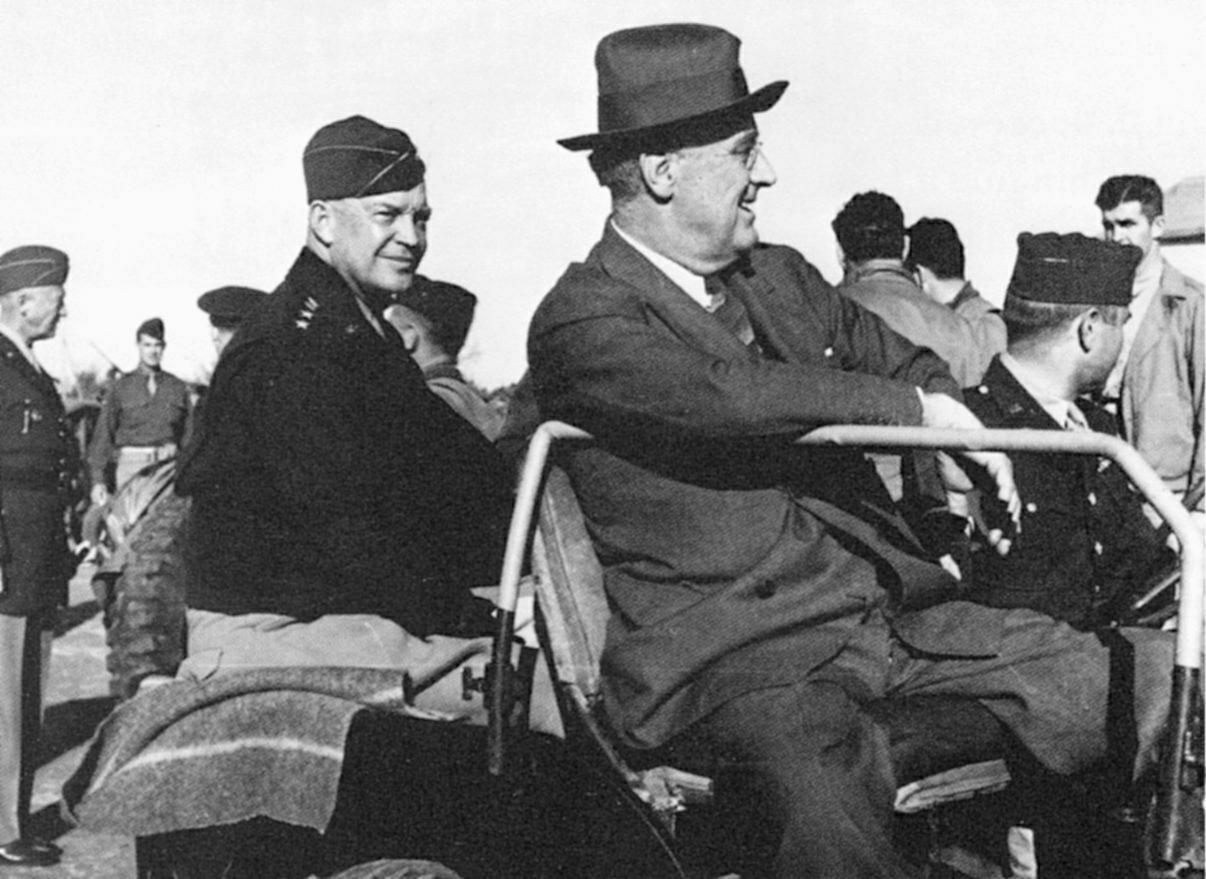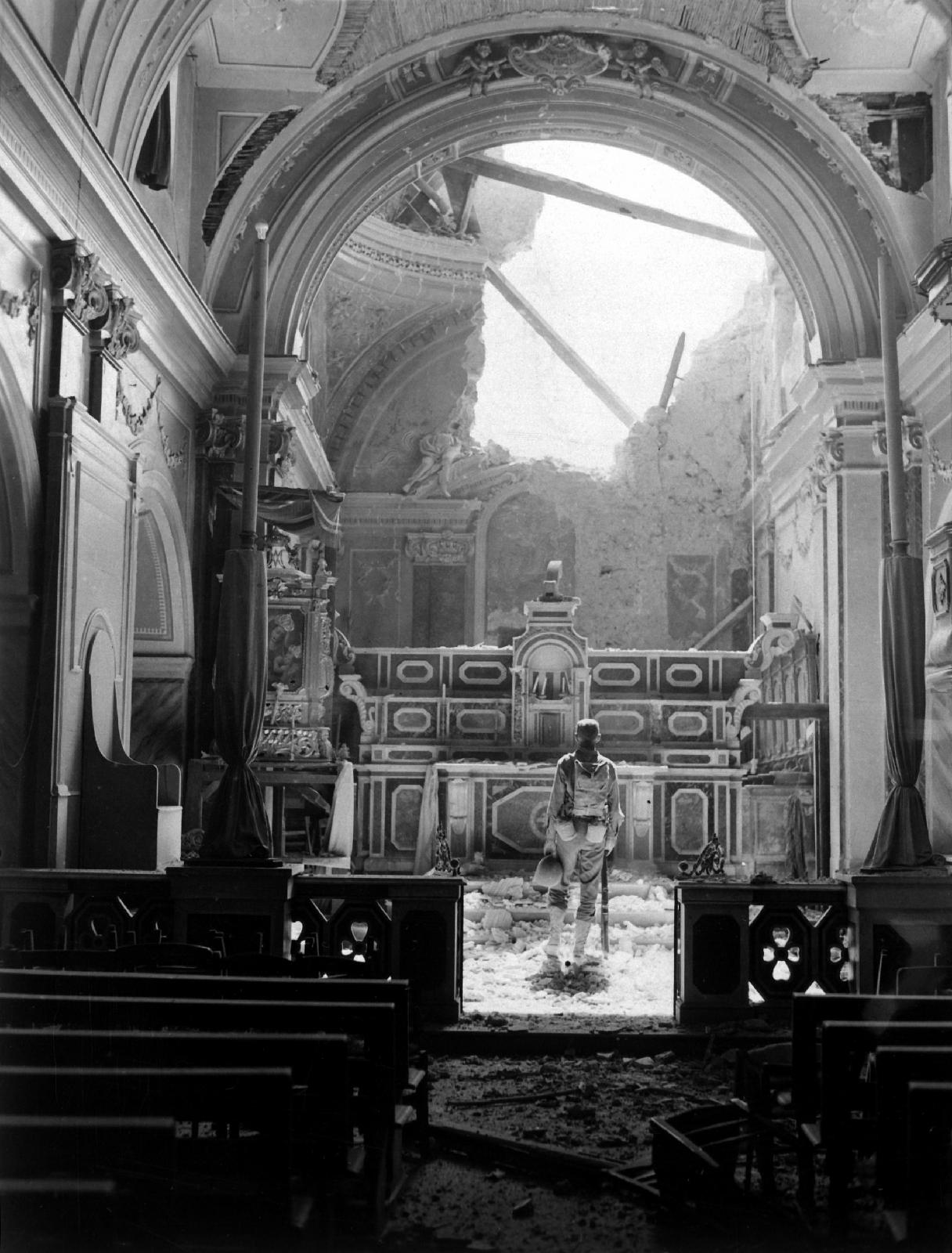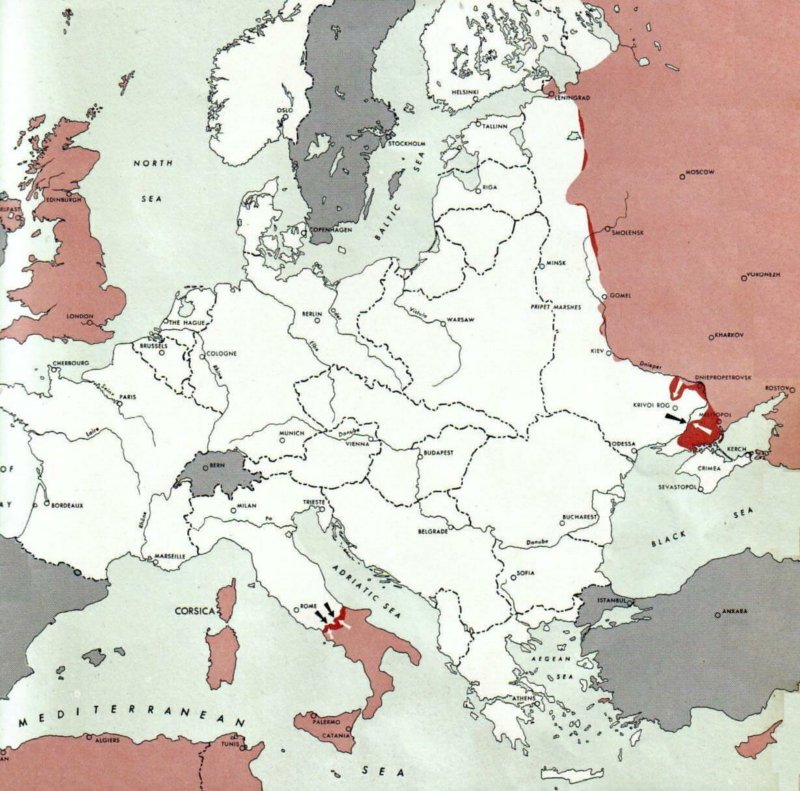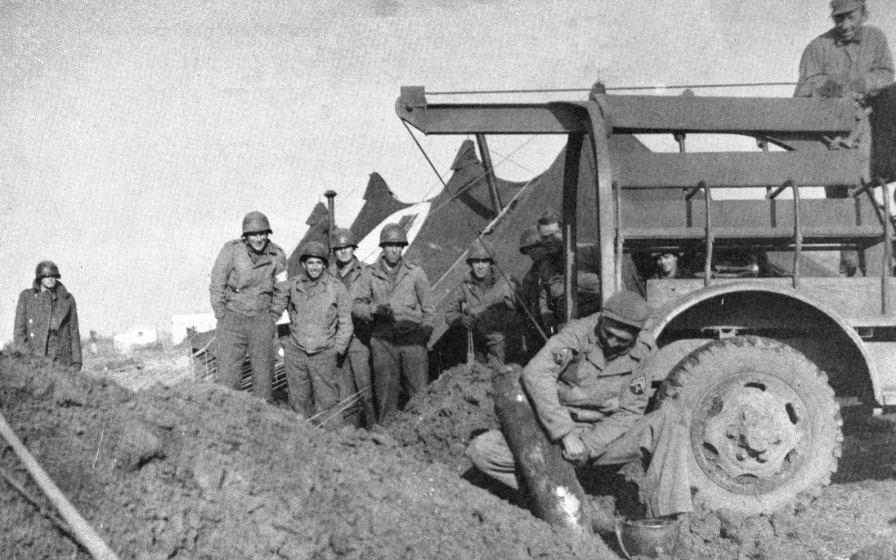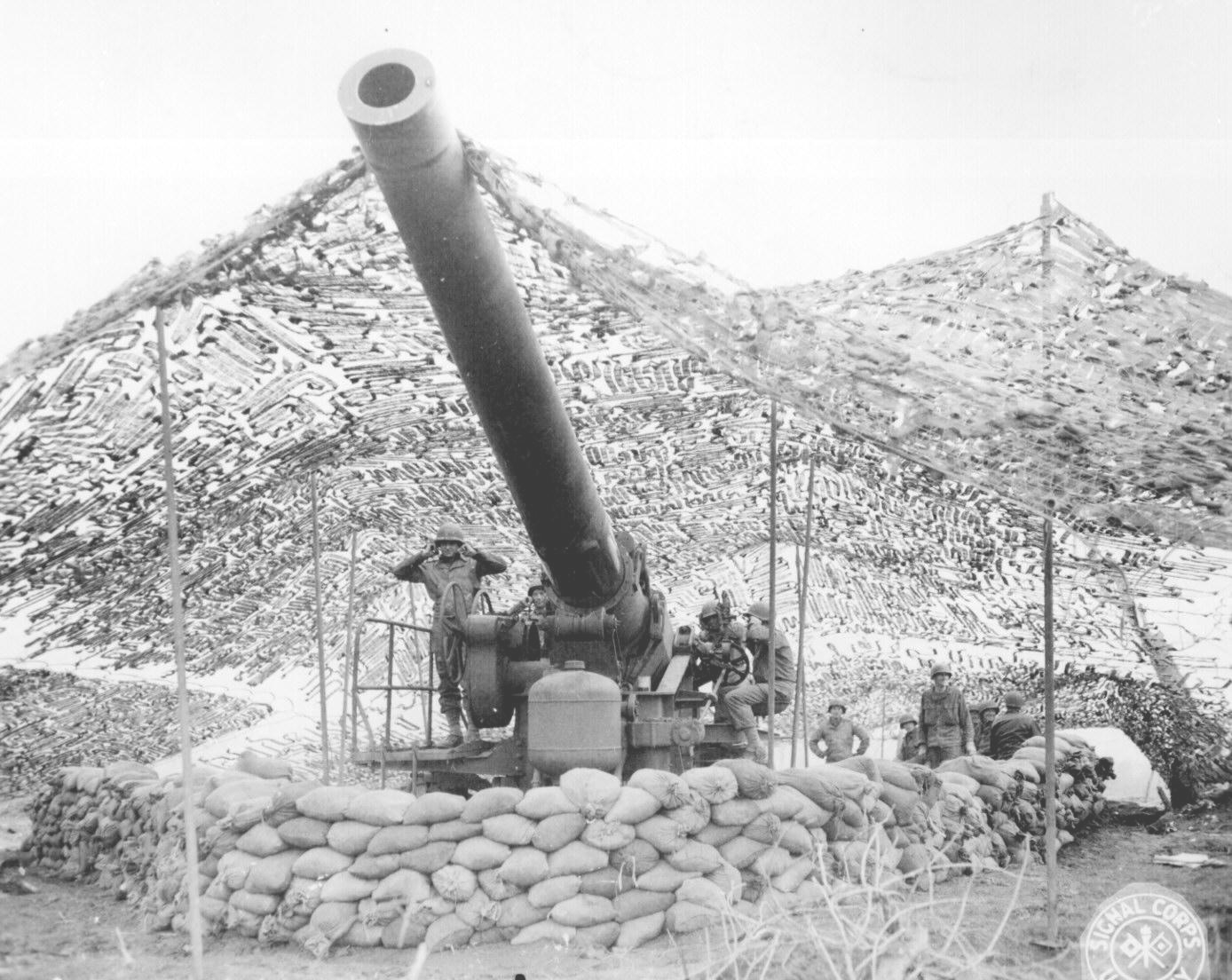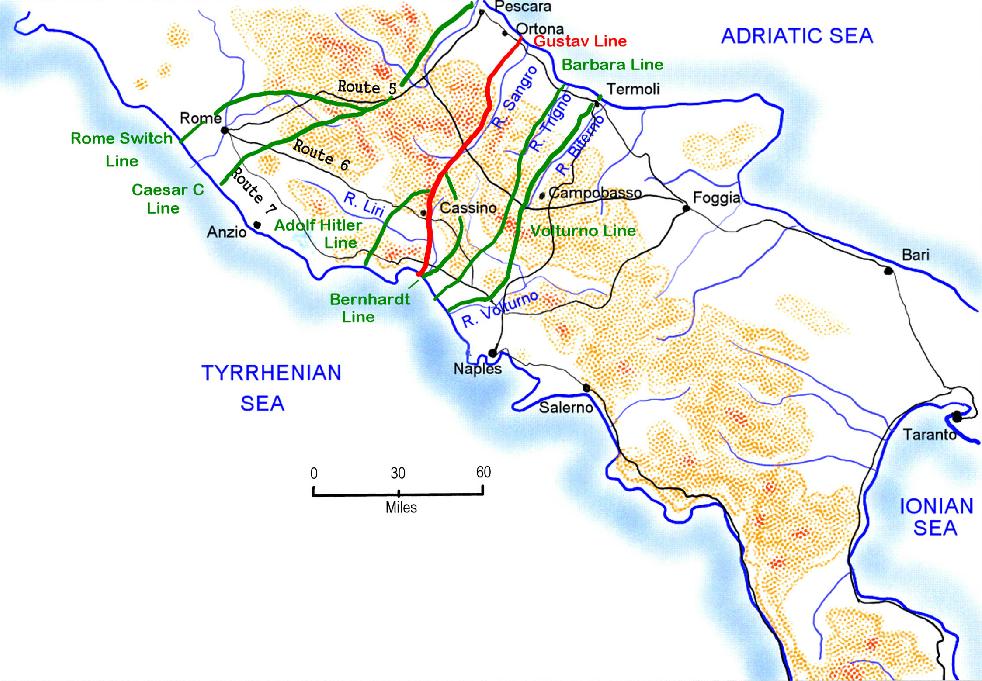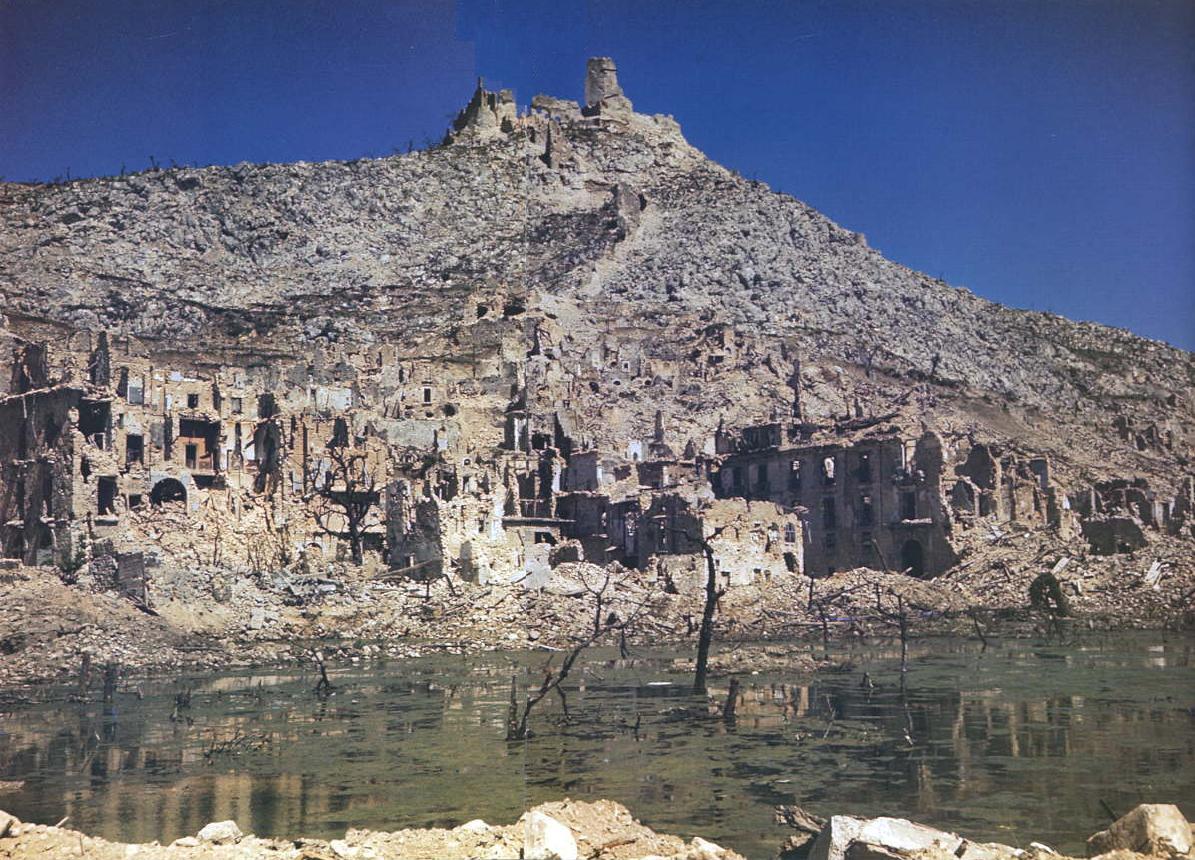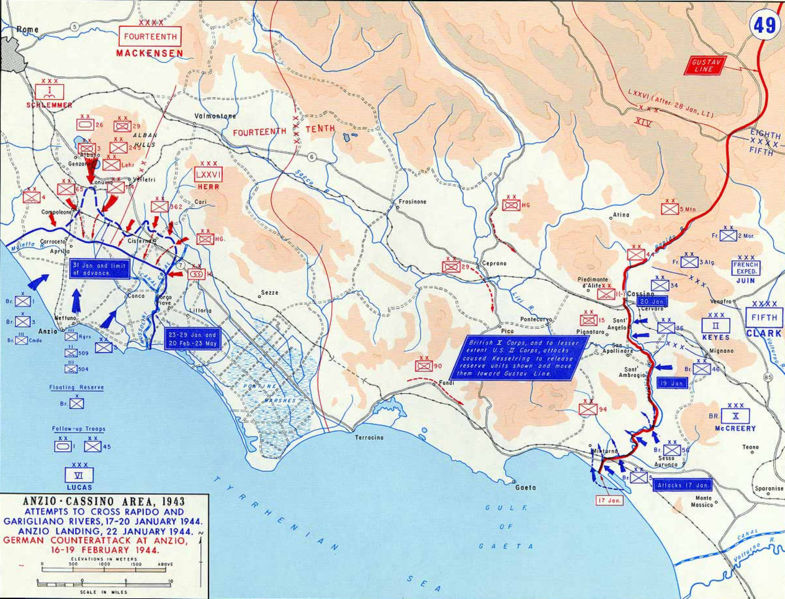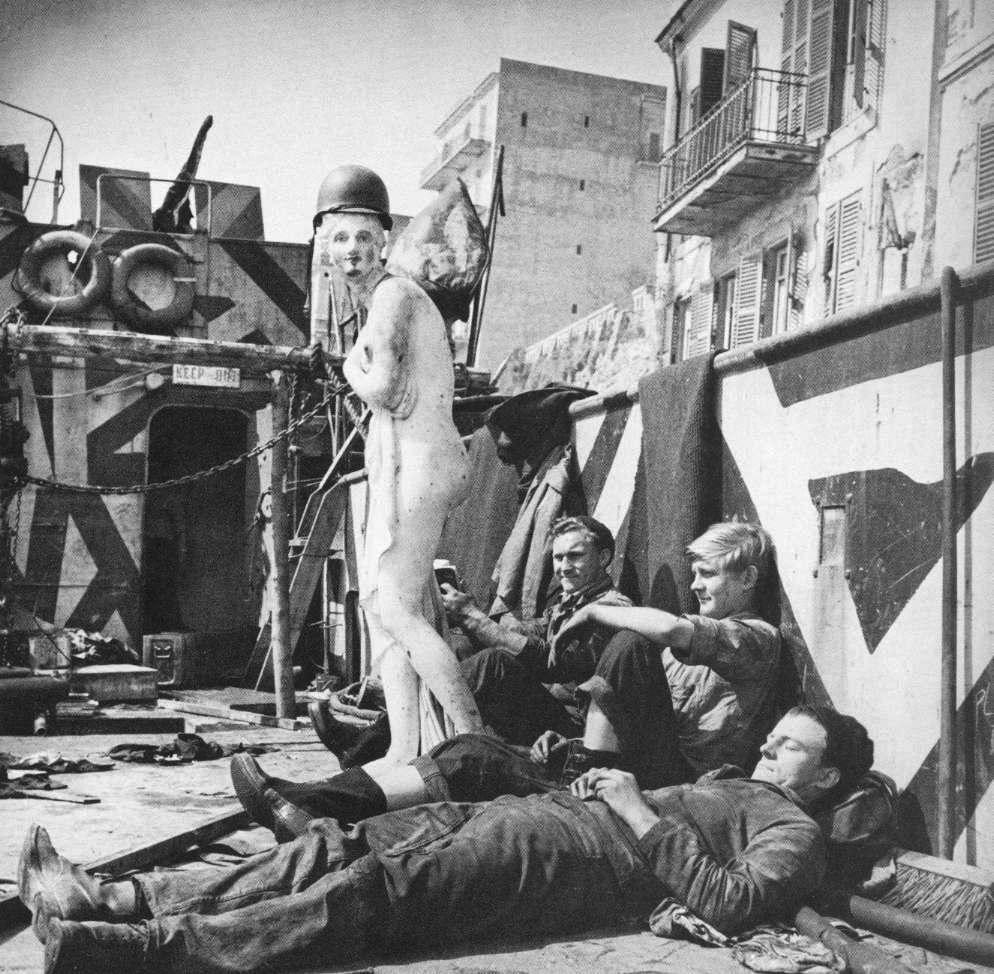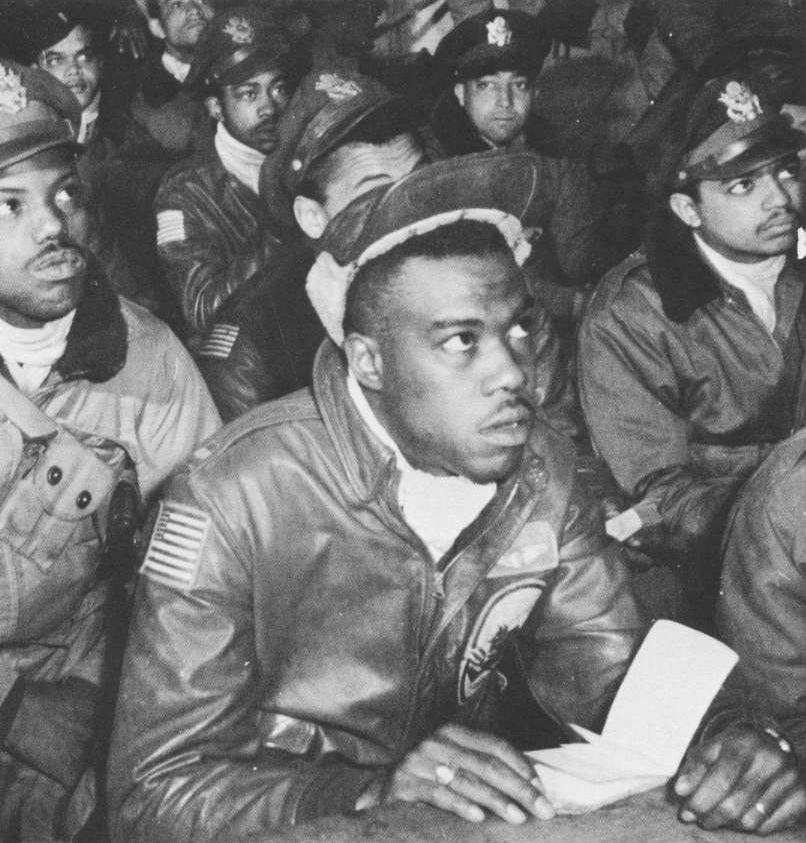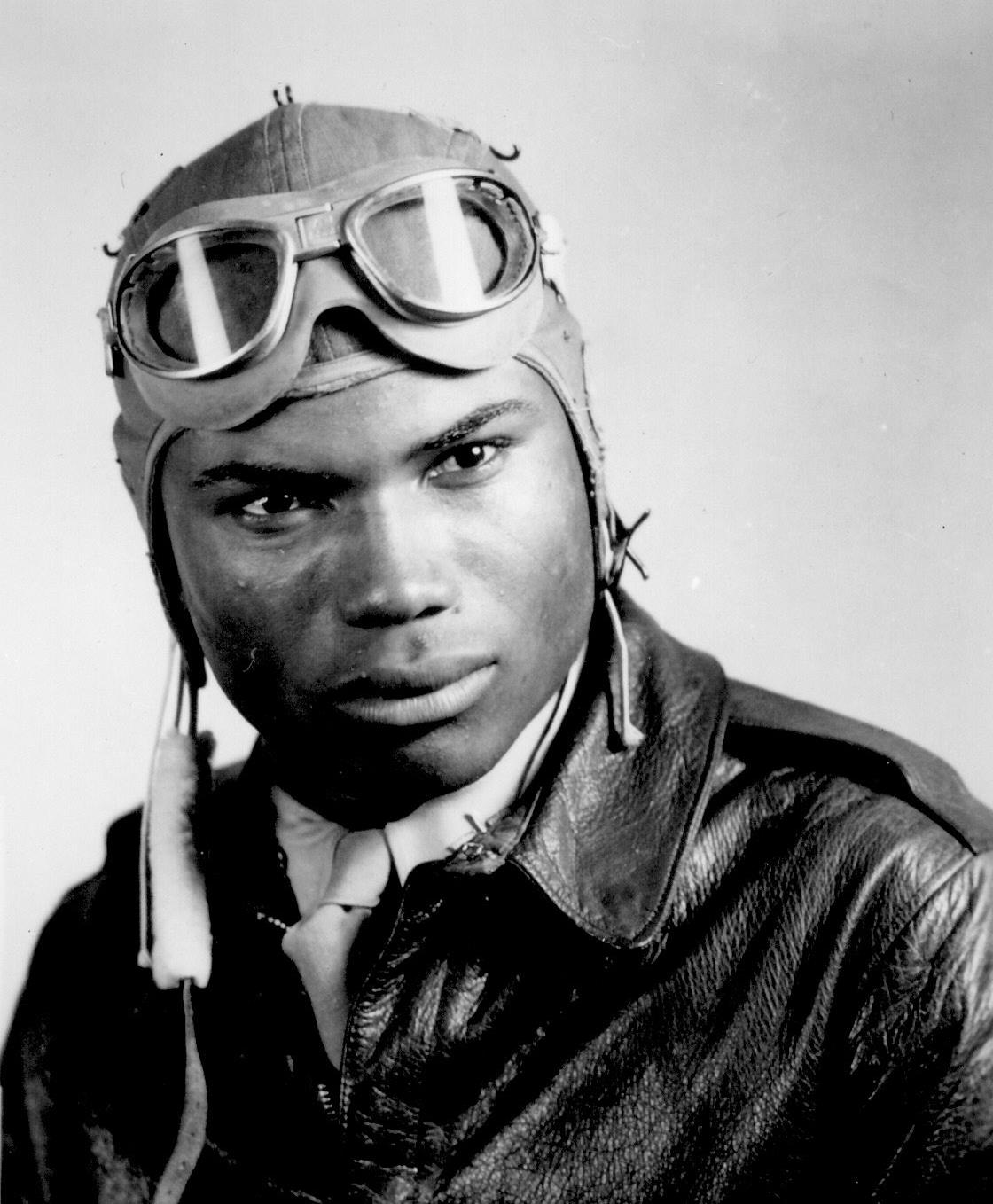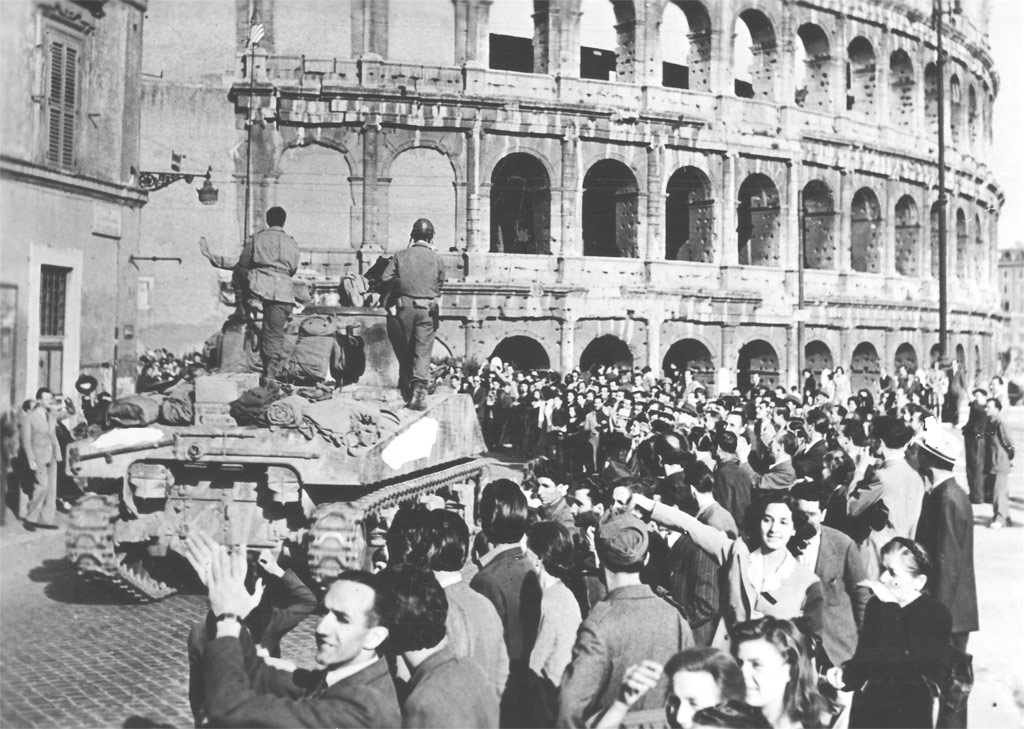16. WORLD WAR – ROUND TWO


THE WAR IN NORTH AFRICA AND ITALY
 Off to a bad start: The ill-fated Allied
Off to a bad start: The ill-fated Alliedlanding at Dieppe - Aug. 19 1942
 The British begin a roll-back of Germans
The British begin a roll-back of Germans
and Italians in Egypt and Libya
 Americans and British push East from
Americans and British push East from
Morocco and Algeria (Nov. 1942)
 The Allies turn from Africa north to the
The Allies turn from Africa north to the
island of Sicily (summer of 1943)
 From Sicily the Allies then jump to
From Sicily the Allies then jump to
Southern Italy (Sep. 1943)
 The German Gustav Line ... and Monte
The German Gustav Line ... and Monte
Casino (January-May 1944)
 Hitler and Mussolini are having major
Hitler and Mussolini are having major
troubles of their own
The textual material on page below is drawn directly from my work
A Moral History of Western Society © 2024, Volume Two, pages 177-180
... although the page below generally goes into much greater detail.
OFF
TO A BAD START: THE ILL-FATED ALLIED LANDING AT DIEPPE (NORMANDY) - AUGUST 19, 1942 |
|
Opening up the European front against Hitler
Both Roosevelt and Churchill agreed that though both countries had a vital interest in defeating the Japanese in Asia, their priority would be to concentrate on defeating Hitler in Europe. With Germans at the gates of Moscow and Leningrad (St. Petersburg) during the winter of 1941-1942, the Russian situation looked desperate. Stalin immediately began pushing the Americans and British to open up a front in the West so as to take some of the German pressure off the Russians. He was also growing suspicious that his new Western Allies were holding off confronting Hitler directly in the hope that while they dallied, both Germany and Russia would exhaust themselves in mutual conflict – a suspicion Stalin held deeply because it was exactly the strategy he had employed (in reverse) with the Molotov-Ribbentrop treaty! The Dieppe Raid (1942)
Thus it was that six thousand troops, mostly Canadian, were deposited on the beach at Dieppe along the English Channel in Northern France. The goal, as pressed by British General Louis Mountbatten, was basically to capture Germans for intelligence-gathering purposes and to test tactics and strategies in anticipation of such a raid on a much larger scale. It was also undetaken not only under pressure coming from Stalin ... but also under pressure of the Western press which was damanding some kind of dramatic response to the difficulties the Allies were facing in Northern Africa. But the raid itself proved to be a disaster. The element of surprise failed – as German aircraft spotted and bombed the raiding party as it was gathering off the southern coast of England. Also, the distances the RAF had to fly to give air cover to the landing – in contrast to the ability of the Luftwaffe to quickly and steadily refuel and rearm their planes right there at Dieppe - crippled the needed Allied air cover. Consequently, the raiding party itself couldn't even get off the beach. By 10:30 in the morning the Allies had to call off the raid. Tragically, 3,623 of the troops that got ashore were either killed, wounded or captured. Another 1000 didn't even get ashore but were still waiting in the landing craft when the Allies pulled back from Dieppe. The failure of the Dieppe Raid would henceforth make the Allies very much more cautious about any such future venture, one which, to the great distress of Stalin, would have to wait another two years before it would be attempted again. |
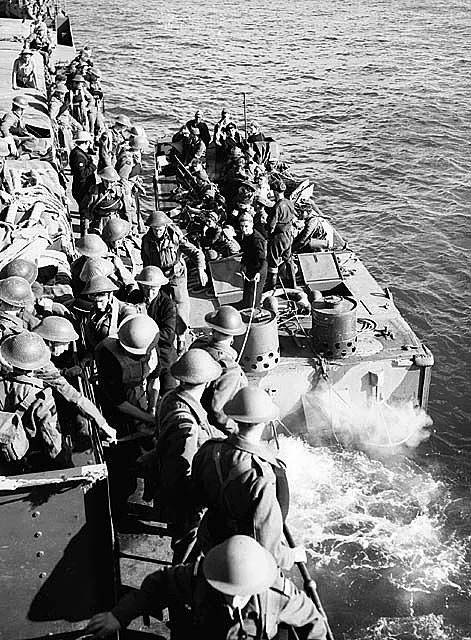
Library and Archives Canada

Troops of the Cameron Highlanders of
Canada in landing craft prior to raid on Dieppe
Library and Archives Canada
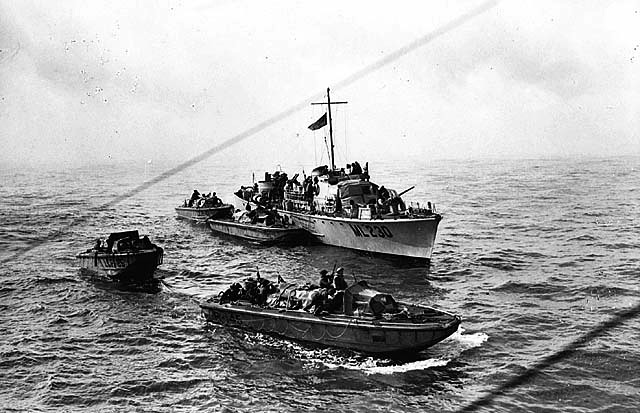
Library and Archives Canada
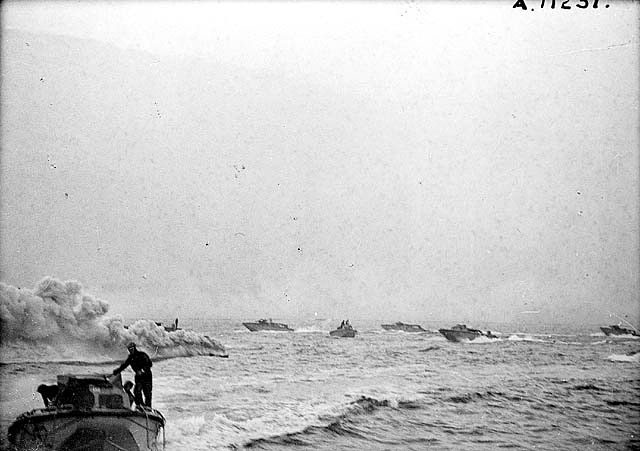
Library and Archives Canada
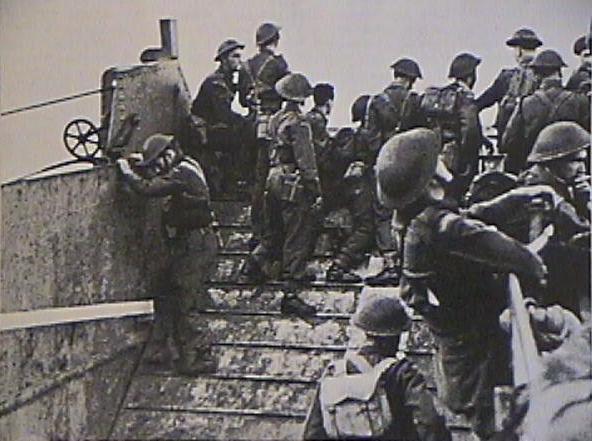
Library and Archives Canada

Library and Archives Canada

Library and Archives Canada
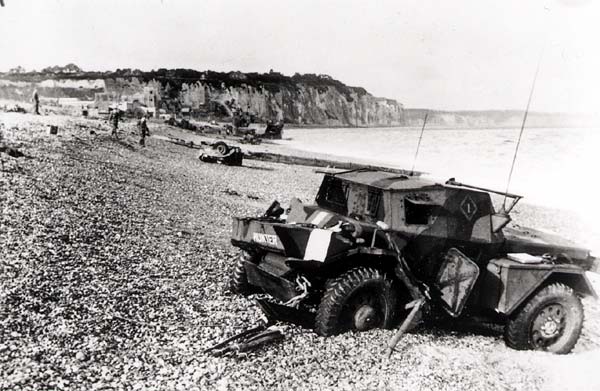
A scout car has been abandoned
Library and Archives Canada
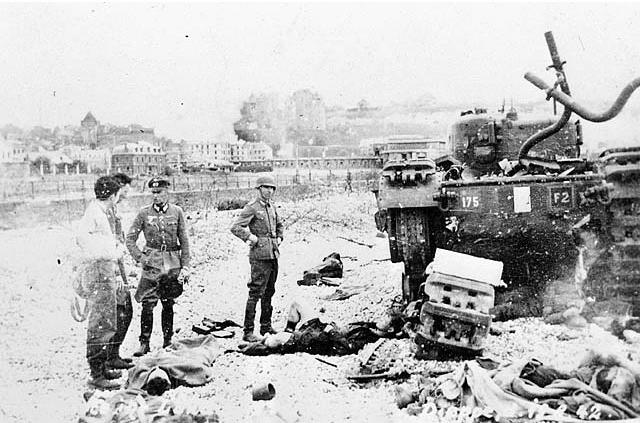
Library and Archives Canada
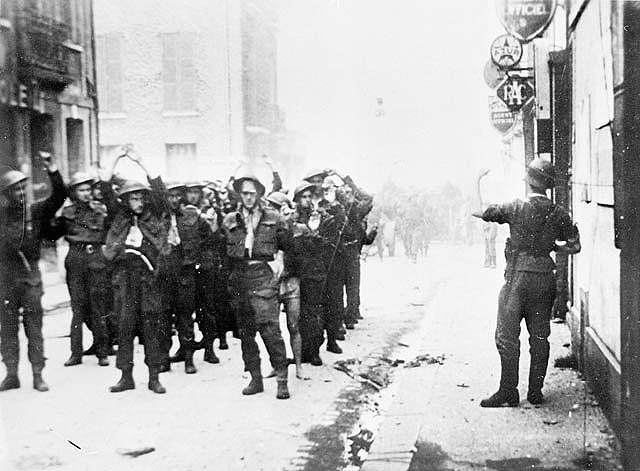
Library and Archives Canada
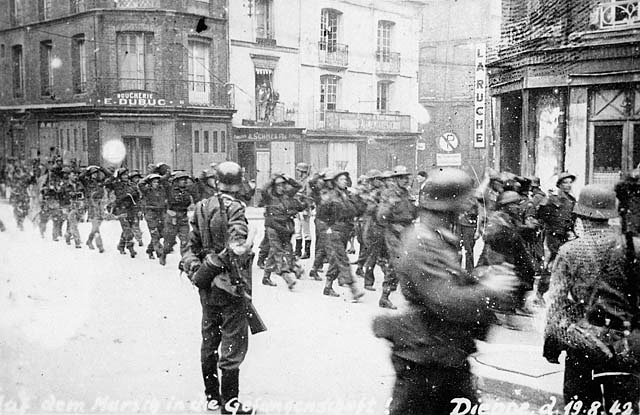
Library and Archives Canada

Library and Archives Canada
THE
BRITISH HOLD ... AND THEN BEGIN A ROLL-BACK ... OF THE GERMANS AND ITALIANS IN EGYPT AND
LIBYA |
|
Egypt
Attention was thus turned to the "soft underbelly" of the German (and Italian) Fascist domains: North Africa. The Germans had joined the Italians in an offensive against the wearied British, aimed at Egypt and in particular the Suez Canal which the Germans hoped to capture, cutting the shortest supply line between Britain and her allies in India, Australia and New Zealand. The "Desert Fox" Erwin Rommel was given command ... and began to give demonstration of his high reputation as a fighter as he pushed eastward from Libya into Egypt against the British. But the British knew that they absolutely must not let Egypt fall to the Germans and Italians. In the night of October 23rd (1942) the British 8th Army, commanded by Alexander and led by Montgomery, began their counterattack at Alamein on Rommel’s Afrika Korps. The British broke through the Axis center and by November 4th had encircled huge numbers of German and Italian troops – and had a broken Afrika Korps falling back rapidly across northern Libya to avoid total annihilation. At the Libyan port of Tobruk alone, nineteen thousand Italians and six thousand German troops were taken prisoner. |
National Archives 208-PU-138LL-3.
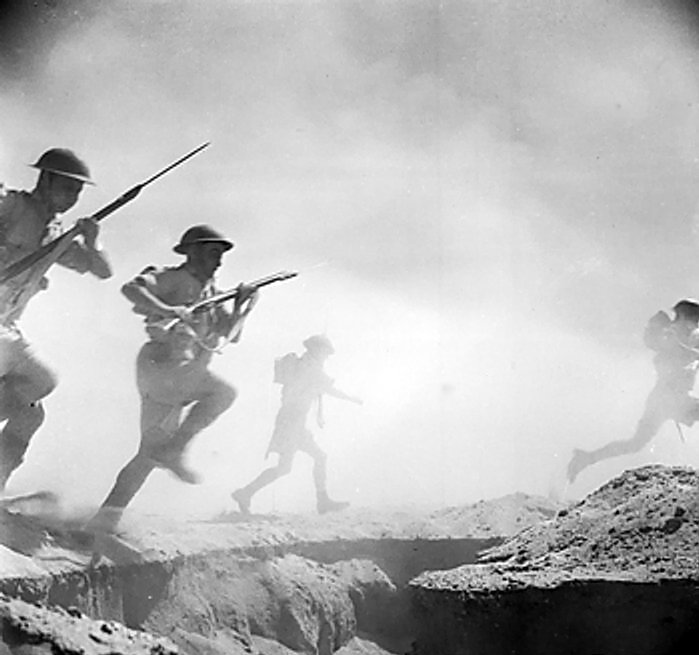
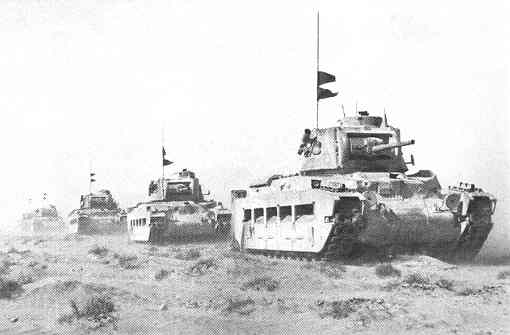
National Archives
British War Office
THE
AMERICANS AND BRITISH PUSH EAST FROM THE WESTERN PORTION OF NORTH AFRICA |
Meanwhile, on the Western shores of North Africa (Morocco and Algeria), Americans and British troops open up a another front against both the Vichy French and the Germans. This is the Americans' first military action in the European theater.
|
French North Africa
Meanwhile at that same time (November 8th) British and American troops landed in French North Africa, at Algiers and Oran in Algeria and a few hours later at Rabat and Casablanca along the Atlantic coast of Morocco. They had been hoping to find the French accommodating to this Allied intrusion. The French Vichy government, under the thumb of Hitler, however turned out to be not at all accommodating – and "Operation Torch" met with serious Vichy French resistance in French Morocco and French Algeria. Only in the town of Algiers, where the French Resistance overthrew the local Vichy French government, did the French cooperate with the Allies. But by a strange coincidence, Admiral François Darlan - former second in command of Vichy France and still head of the French navy – happened to arrive in Algiers for a visit with his son the day before the Allied assault on the 8th ... and when captured agreed with the Allied commanders to bring the Vichy French government in Africa over to the Allied side ... as long as he was recognized as head of that government. The deal was agreed on, and Oran surrendered to the Allies on the 10th of November and all of Morocco on the 11th. The Germans, hearing of this development and furious at what they saw as treachery, seized control of Vichy French territory on the French mainland. But French Admiral Auphan (replacing the ‘traitor’ Darlan) guessed that the Germans planned to seize the French fleet at Toulon, and on November 27th gave the orders to have all ships scuttled (77 ships sunk before the Germans could stop the action; though some of them would be salvaged and restored as fighting ships for the Italians.) Then Darlan was assassinated on December 24th by a French Resistance fighter, throwing confusion into the whole French affair. Yet the assassination solved for the Allies the greatest part of the problem of which French leader the British and Americans needed to be working through: Darlan, Henri Giraud or de Gaulle? With Darlan’s death, De Gaulle agreed to cooperate with Giraud. Thus General Giraud was recognized by the Allies as the new head of the newly allied French government in Africa. Nonetheless divisions within the ranks of the French between de Gaulle and other French generals such as Giraud and Philippe Leclerc would remain an on-going problem in trying to work with the French. As the Allies pushed further East along the North African coast, heading into French Tunisia, the Germans gathered there a large force to oppose them. This German group was joined by the forces of German general Rommel, who in the face of British advances under General Montgomery had been retreating west along the North African coast from Egypt through Libya. Here in Tunisia the Germans and Italians knew that they had to take a strong stand – or lose their position along the entire southern Mediterranean. At first the Allies were forced back in the West (the still largely inexperienced Americans took a heavy beating at the Kasserine Pass) – but then on May 6th the Americans and British regrouped at Bizerte and Tunis and, having already cut off the German and Italian escape route by sea, soon had them completely surrounded. On the 13th the Germans and Italians surrendered ... and as a result the Allies found themselves in possession of a quarter of a million German and Italian prisoners. |
National Archives 26-G-2326.
National Archives 26-G-2330
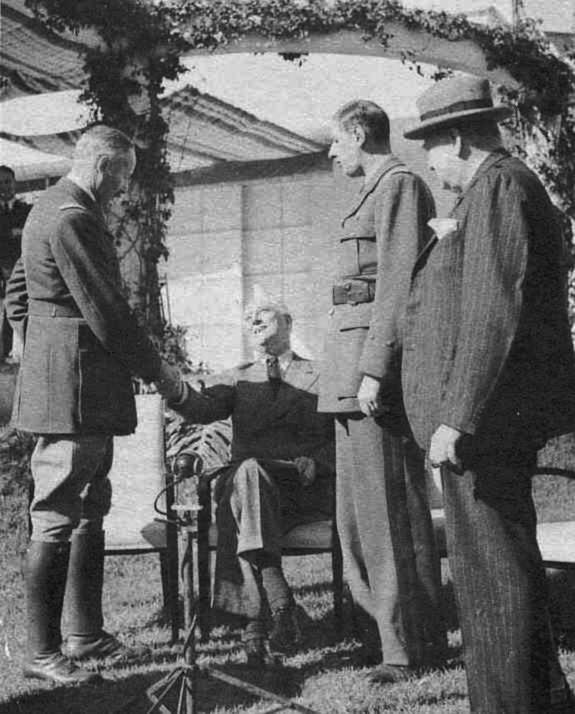
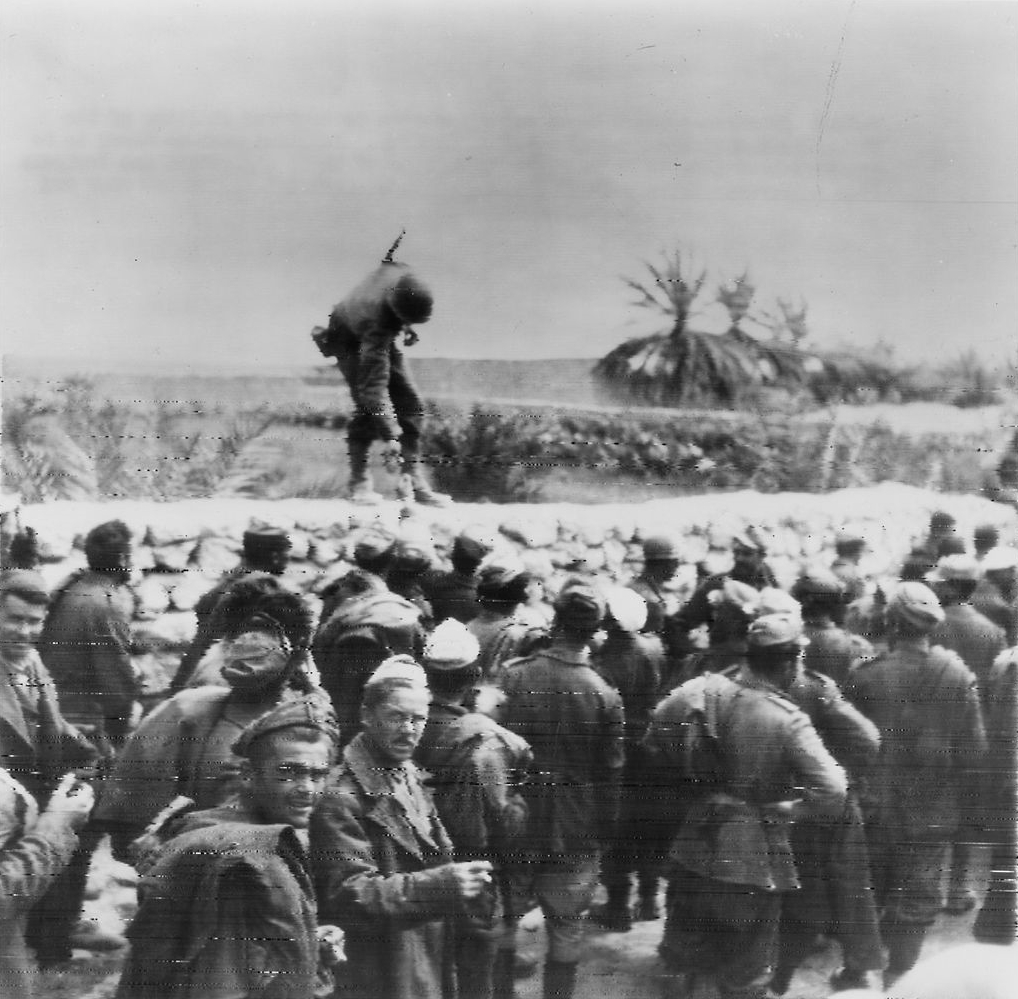
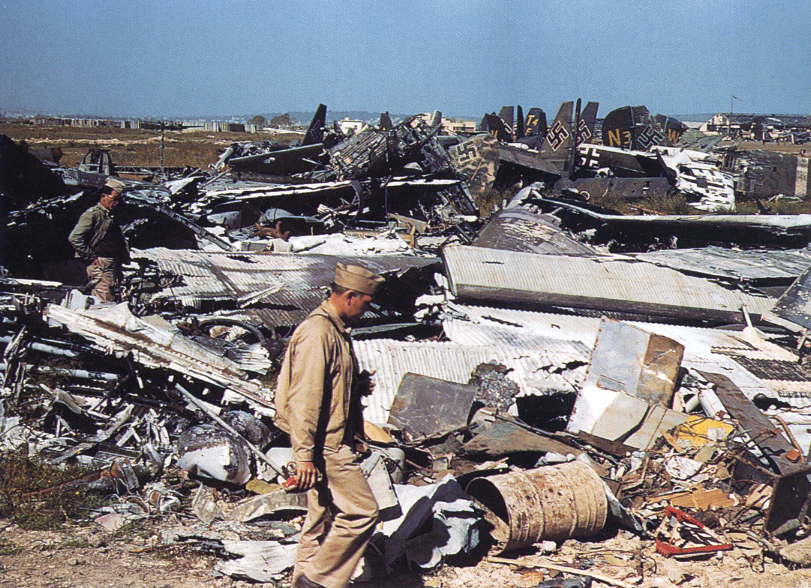
(at this point North Africa was now cleared of all Axis forces)
THEN
THE ALLIES TURN FROM AFRICA NORTH TO THE ISLAND OF SICILY (SUMMER OF 1943) |
| Sicily,
just opposite Tunisia, was the Allies’ next target. On July 10th
British and American troops came ashore on Sicily’s southern coast, and
having caught the Italians and Germans by surprise, by the 12th had
themselves securely established just inland from there. From this
point it was a matter of simply throwing Allied forces against the Axis
troops and pushing them back ...gaining ground slowly. Within two
weeks, the Italians and Germans were holding only the more mountainous
northeastern corner of the island. By the 17th of August they had
seized the town of Messina, just opposite the mainland of Italy, the
last holdout of the Axis troops. Sicily was theirs. But the Axis, seeing another entrapment similar to the one in Tunisia, had begun to evacuate their troops from Sicily on the 11th, moving them to the mainland of Italy. They were able to get most of the German troops away from Sicily but had the much larger part of the Italian troops captured before completing what they could of the evacuation. |
National Archives 111-SC-246532.
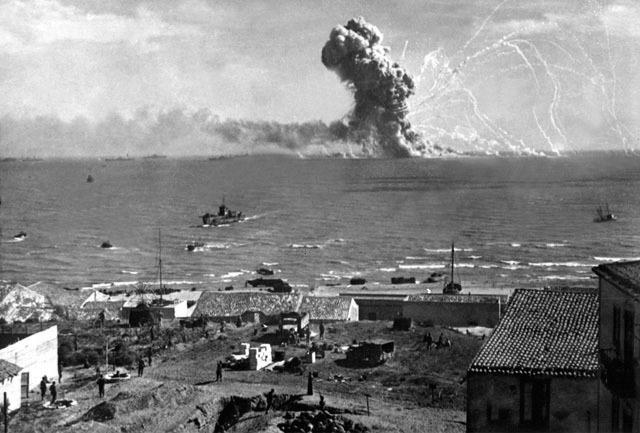
National Archives
National Archives 111-SC-178198
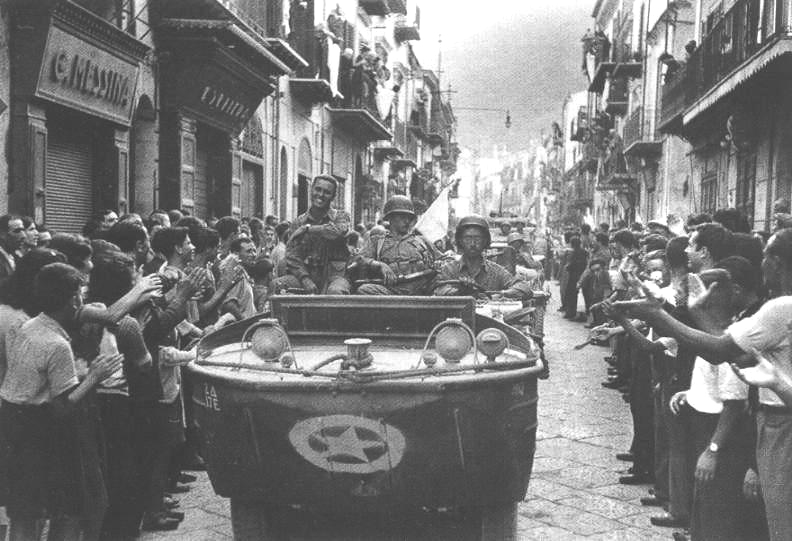
FROM
SICILY THE ALLIES THEN JUMP TO SOUTHERN ITALY (SEPTEMBER 1943) |
|
Mussolini overthrown
The Fascist Grand Council in Rome had seen the writing on the wall with the beginning of the Allied assault on Sicily ... and on July 24th (1943) voted Mussolini out of power. He was arrested the next day and then moved around as a prisoner from place to place to avoid being set free by either the Germans or pro-Mussolini Italians. On September 3rd, the British crossed the Messina straits to Reggio Calabria, located along the southern shore of Italy ... on the very same day that the Italians indicated that they desired an armistice with the Allies. This created massive confusion among the Axis powers, forcing German troops to have to focus on disarming their former Italian allies at the same time the Americans and British were preparing their Italian campaign. On September 8th a full Italian armistice was announced ... taking the Italians out of the contest. Now the Germans were forced to fight in Italy on their own against the advancing Allied armies. But Italy was very mountainous and therefore much easier to defend against advancing enemies. The Allies would discover this fact rather immediately. On the 9th of September Americans sent troops ashore at Salerno, about halfway up the Italian West Coast between Rome and the southern tip of the Italian peninsula, thus bypassing German troops located in the Italian extreme south. They were hoping for light resistance, but found the Germans to be waiting for them. Hard fighting nonetheless secured the Americans the town and then they moved north to capture the important port of Naples. Then they ran into the first of the strong defensive lines German General Kesselring had placed across the Italian peninsula, west to east. At this point the progress against the Germans became murderously slow. Likewise the British jumped north to the port of Taranto, with the intentions of moving northward along the Italian east coast ... and at first encountered little German opposition. The British then began a rapid advance according to plans until they finally ran into the same line of defense in the east that the Americans had encountered in the west. Here too things for the British slowed up almost to a complete halt. |
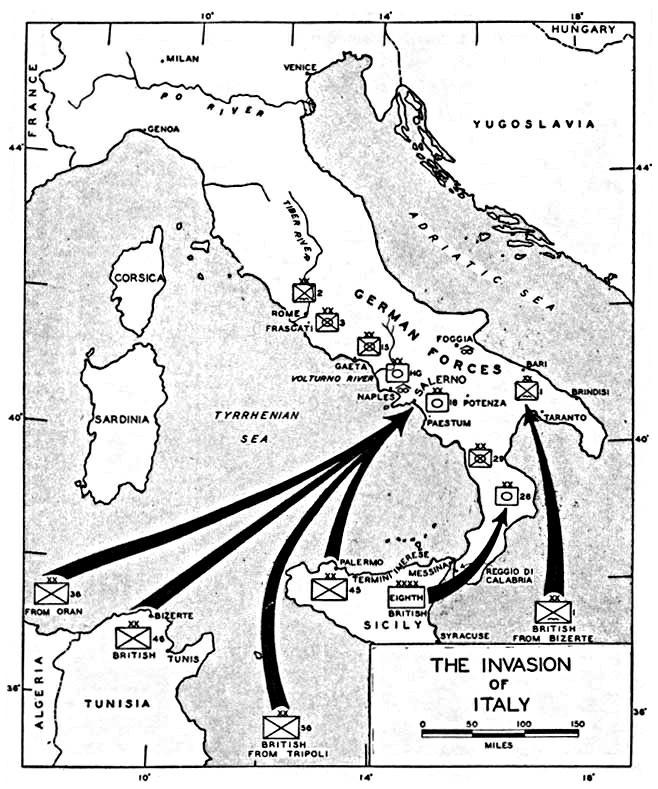
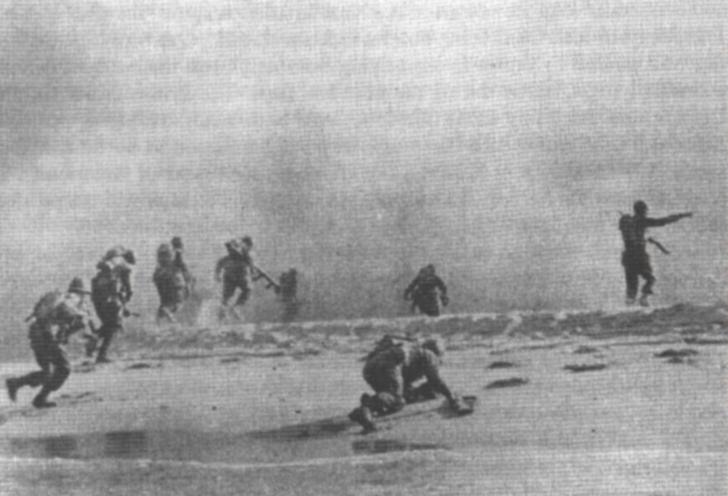
Courtesy of the 45th Infantry Division Archives
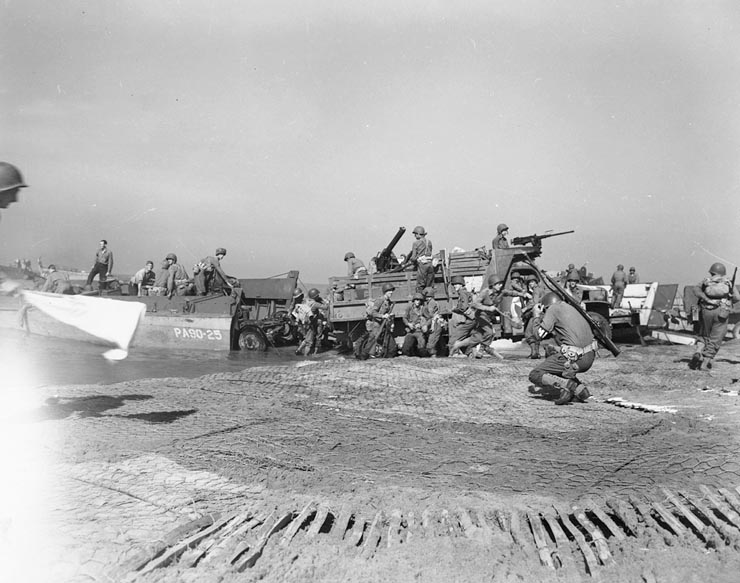
US Navy
National Archives 111-SC-188691
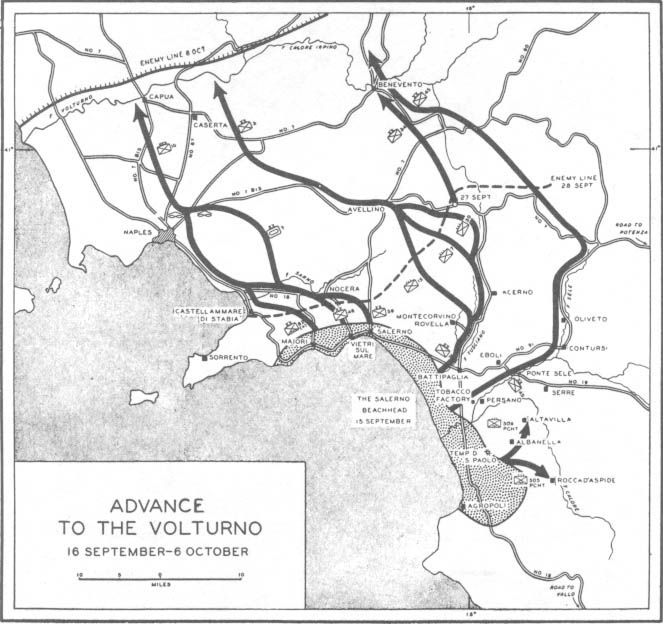
Historical Division US War Department
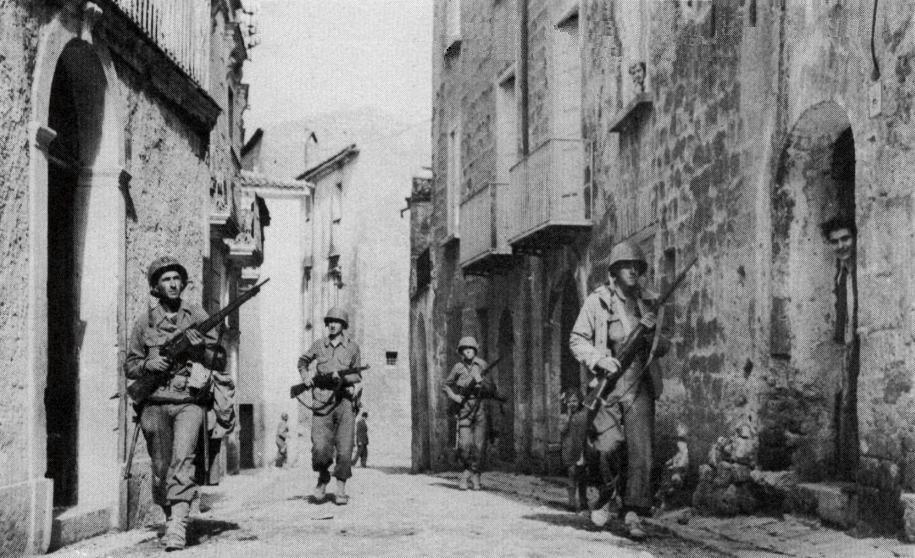
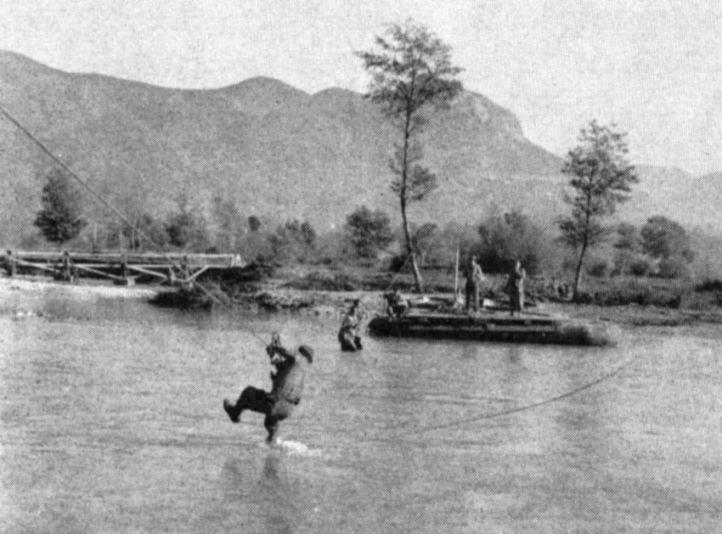
National Archives 111-SC-187126
THE
GERMAN GUSTAV LINE ... AND MONTE CASINO - JANUARY-MAY 1944 |
| Indeed,
German General Albert Kesselring established not one line of defense
across the peninsula but several, one behind the other.
Consequently, progress for the Allies against the Germans in Italy over
the next year and a half turned out to be slow, painfully slow. In fact, the Allied advance was so slow that by the beginning of 1944, they had reached only as far north as the area where the ancient abbey of Monte Cassino was located, perched atop another of Italy's mountains. Tragically, they reduced this beautiful site to ashes, presuming Germans to be well situated there – although actually the Germans decided to take advantage of this precious position only after the Allies had destroyed the abbey. And in the end, all this did little to move the battle line further north. |
Stephen Kirrage
The Battle of Monte Casino - as the Allies look for a break through the Gustav Line - January
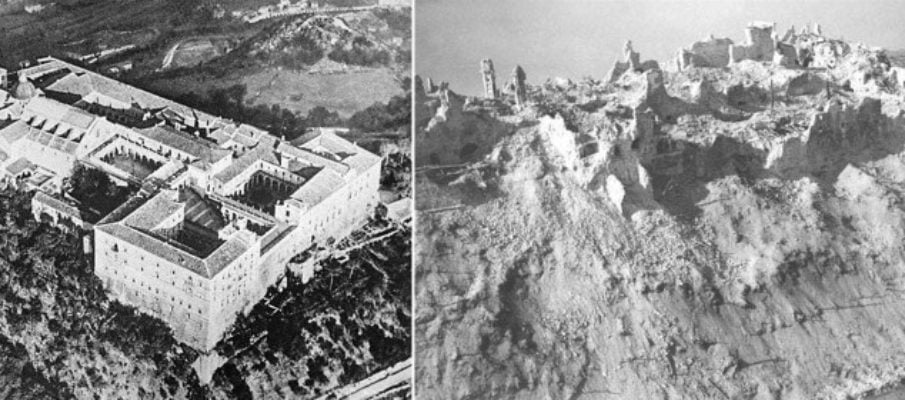
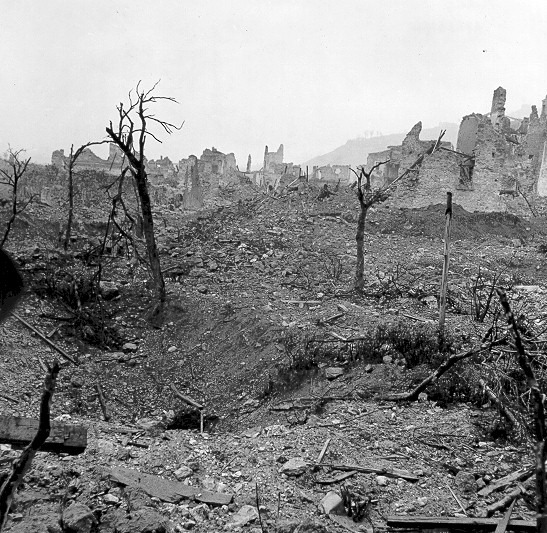
ANZIO
(JANUARY-MAY 1944) |
| Thus it was that the Americans decided to do a coastal swing behind the German defenses by sending troops ashore further north at Anzio in mid-January of 1944. But once ashore, they foolishly delayed the push deeper into the surrounding countryside because the American commander insisted on securing more troops and supplies before pushing inland. This gave the Germans ample time to move troops into a strong defensive position around the Allied coastal position at Anzio … thus creating another Gallipoli-like scenario. Tragically for the Allies, it would not be until four months later (May) – and a huge number of dead and wounded – that the Allied forces would be able to break out of their position at Anzio. |
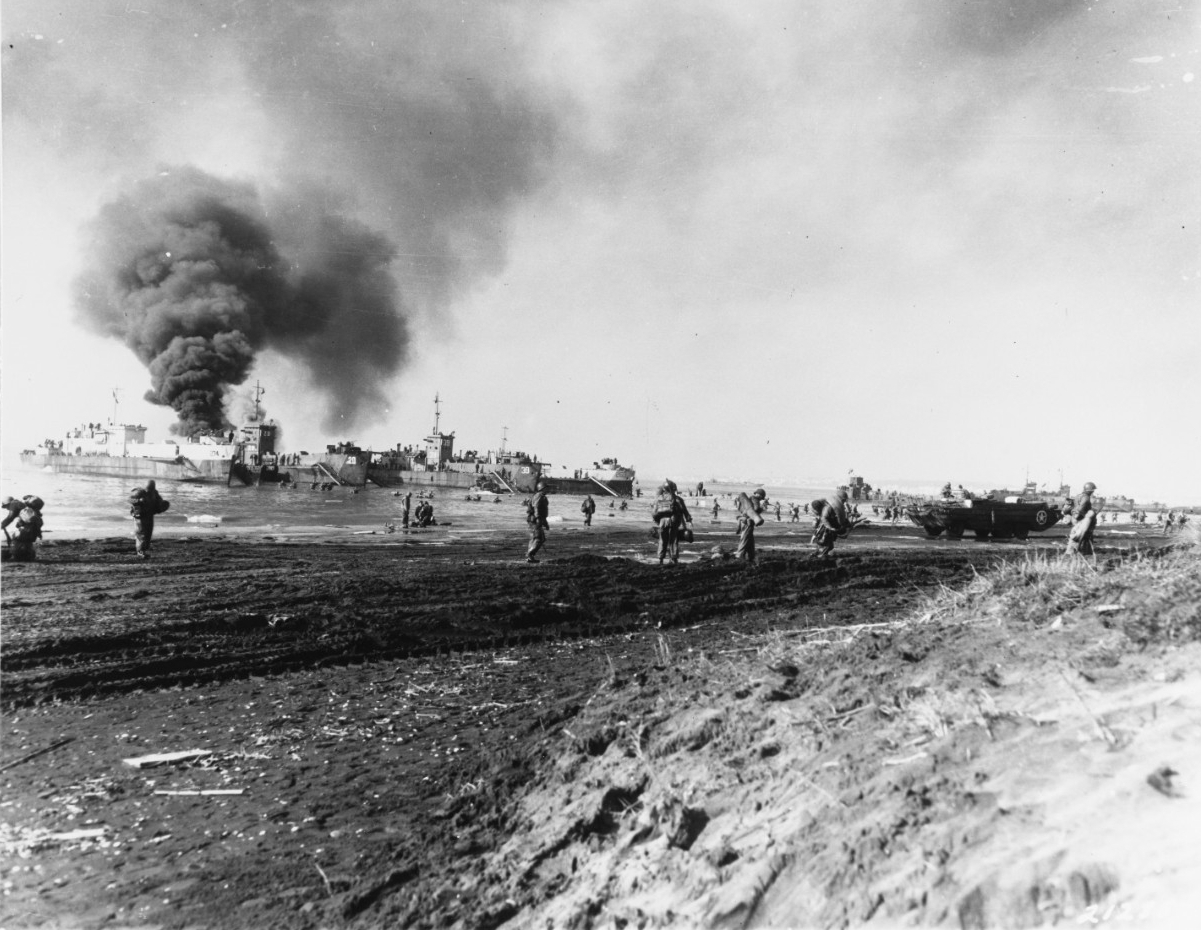
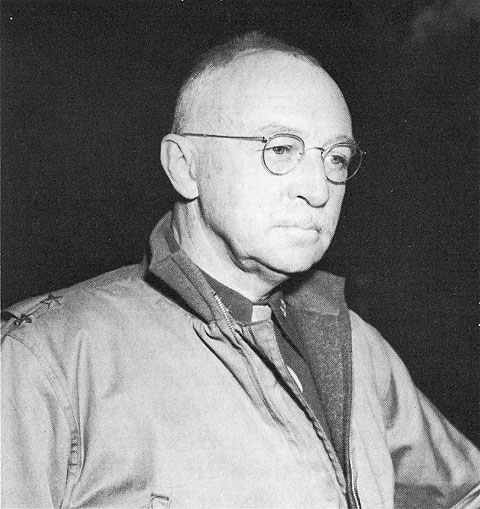
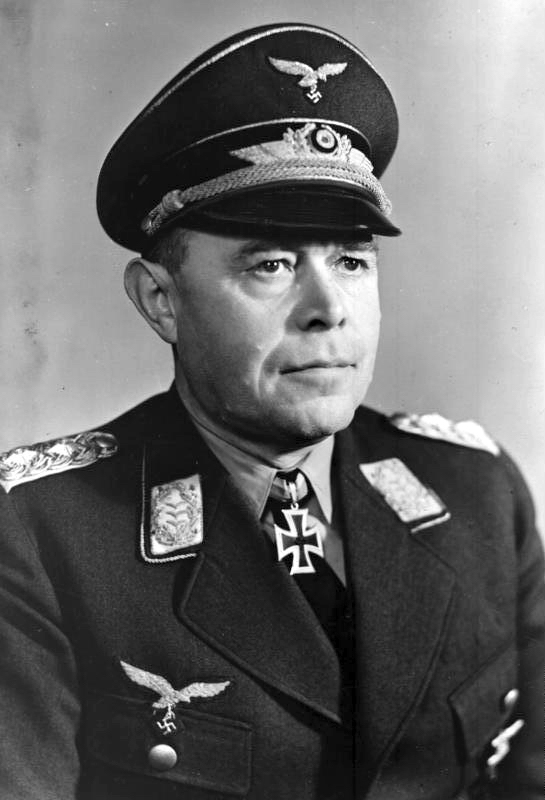
www.military.com
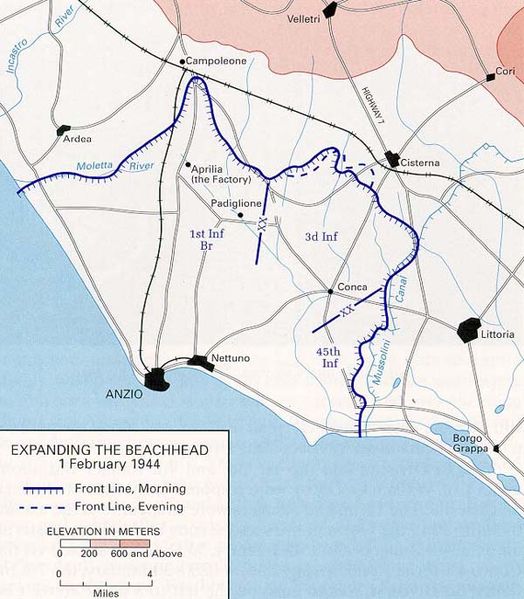
U.S. Army Center of Military History
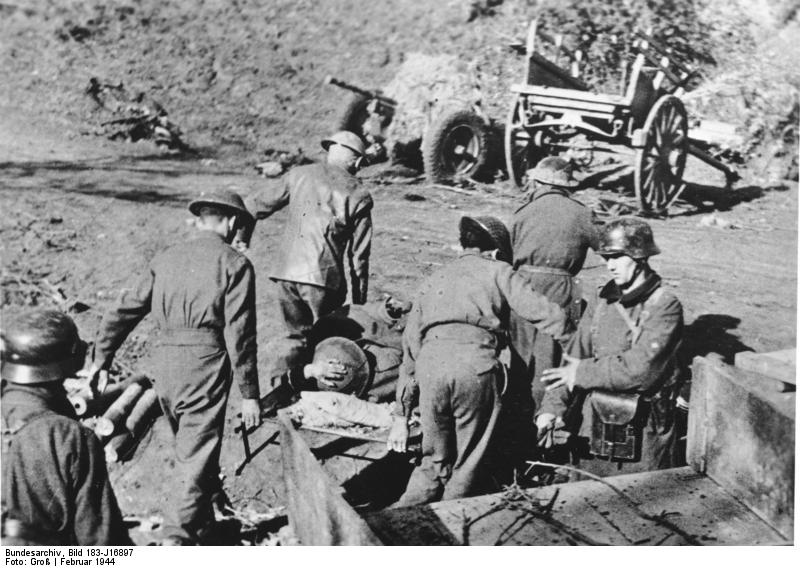
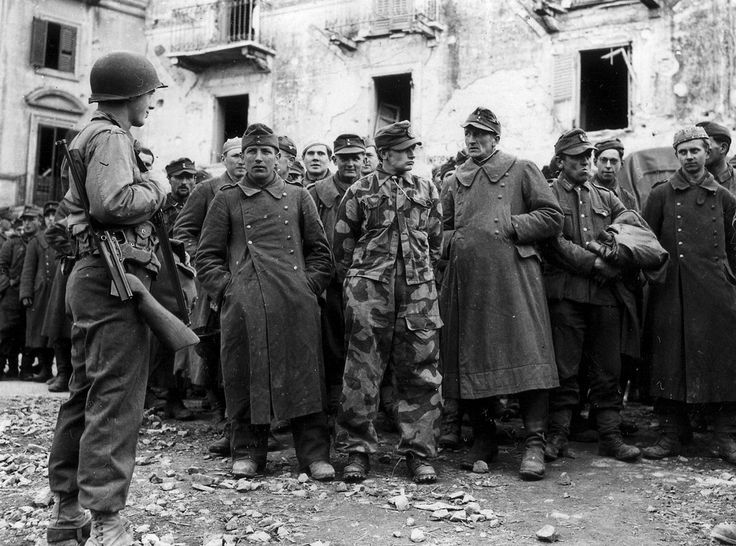
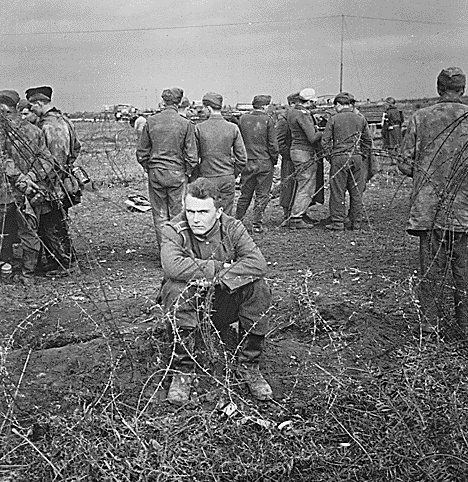
THE
TUSKEGEE AIRMEN |
National Archives 18-T-44-K-17
THE
LIBERATION OF ROME |
| Then,
rather than heading east into the mountains to position themselves
behind the Germans who were making a strong defense at Monte Cassino –
thereby encircling and capturing a huge German army, the decision was
made to head the American troops north towards Rome instead. The
capital was captured fairly easily (just two days before the massive
landing of Allied troops on the Normandy beaches of France) ... a great
emotional success, but another military blunder because it allowed the
Germans to slip north out of the potential trap and reposition
themselves in another well dug-in line north of Rome. Indeed, the Germans were able to defend northern Italy unrelentingly until the war was finally ended with the German surrender to the Allies the following year (May 1945). |
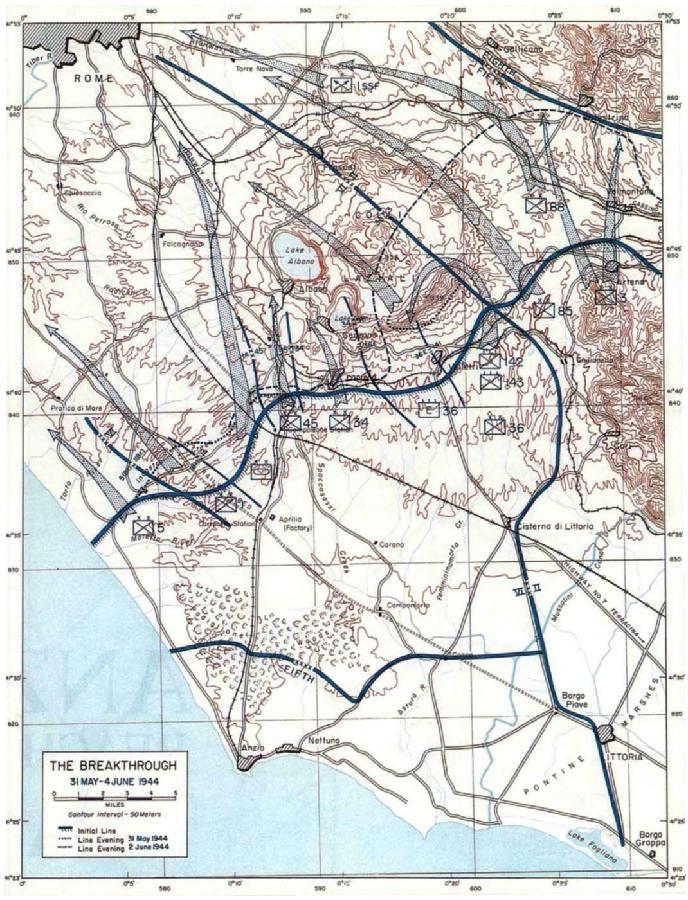
Rome falls to the Allies on June 4, 1944
HITLER
AND MUSSOLINI ARE HAVING MAJOR TROUBLES OF THEIR OWN |
Yet another and nearly successful attempt is made on Hitler's life (Operation Valkyrie, masterminded by Henning von Tresckow and Claus von Stauffenberg, July 20, 1944)

Deutsches Bundesarchiv
|
Mussolini arrested ... and rescued
Mussolini was moved around as a prisoner from place to place to avoid being set free by either the Germans or pro-Mussolini Italians. But the Germans learned of his location at one point (a ski resort high in the northern Apennine Mountains). They sent special- forces to the site and were able to retrieve him and bring him back to his friend Hitler (who himself was suffering from another assassination attempt that had nearly succeeded). Mussolini was then declared by the Germans to be the head of the Italian Social Republic ... a puppet state comprising the northern part of Italy still in German hands. |
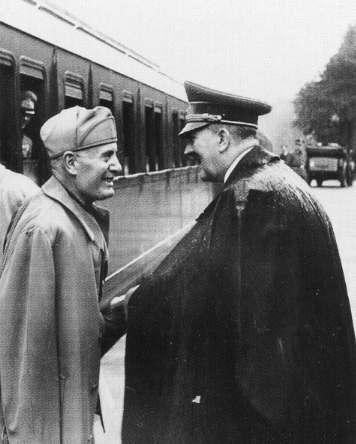

Go on to the next section: The Eastern Front

Go on to the next section: The Eastern Front





